Day 67 - Walking Through The Historic Village of Mimitsu to Hyuga, The Kyushu 108 Temple Pilgrimage, Japan
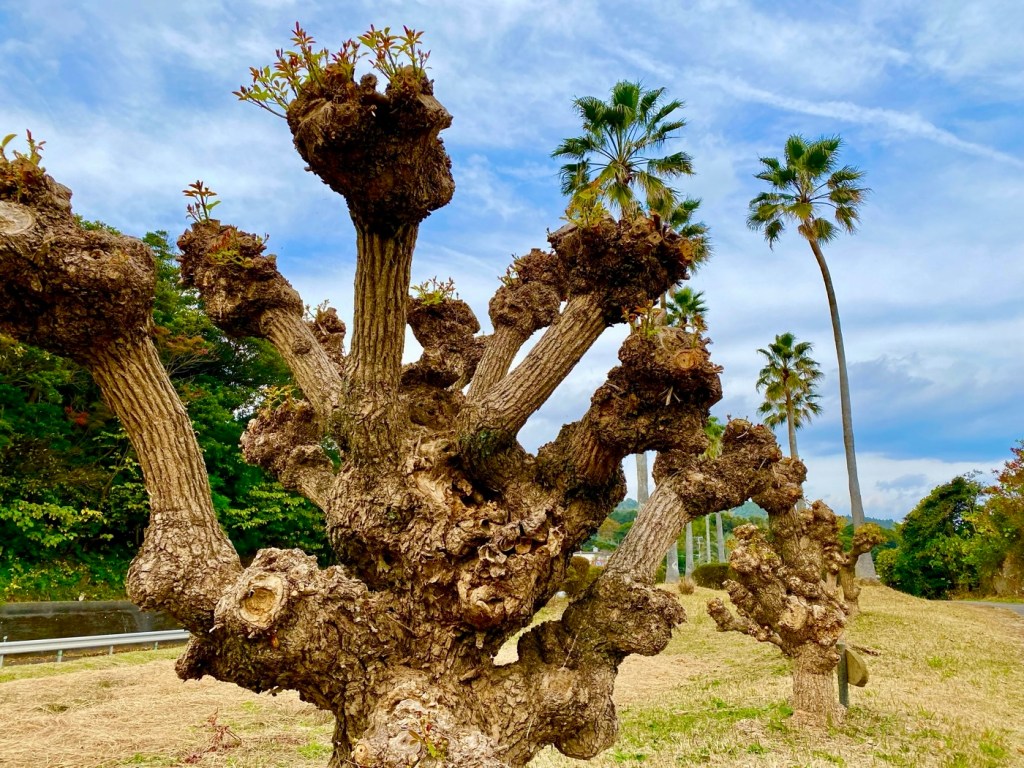
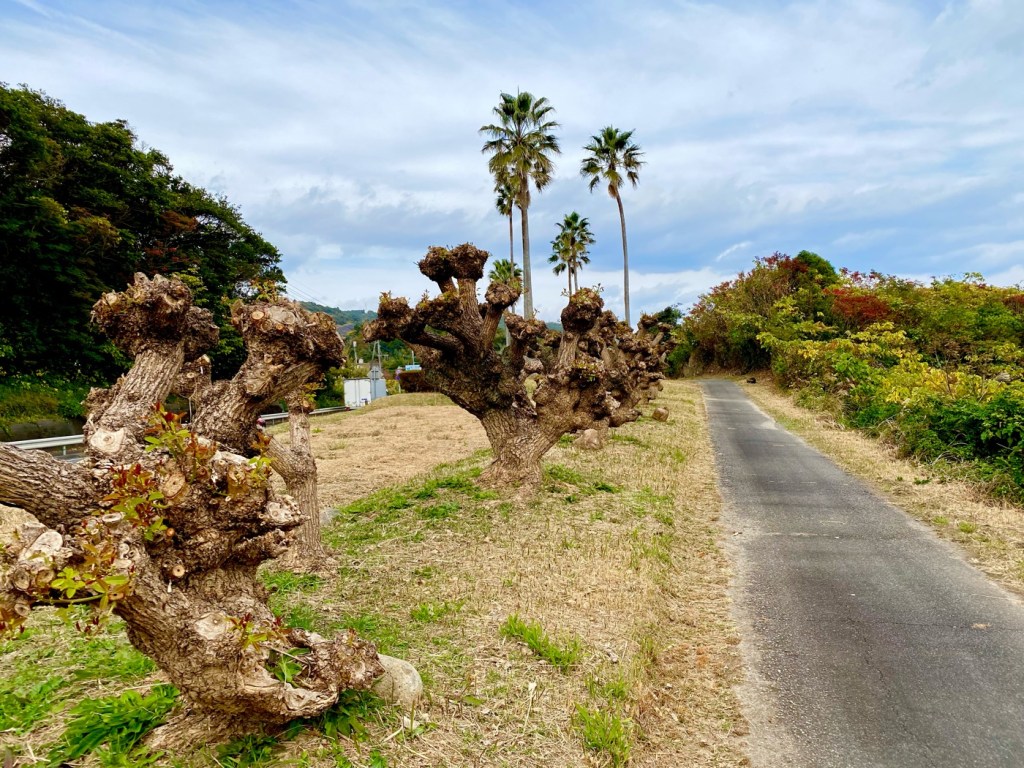
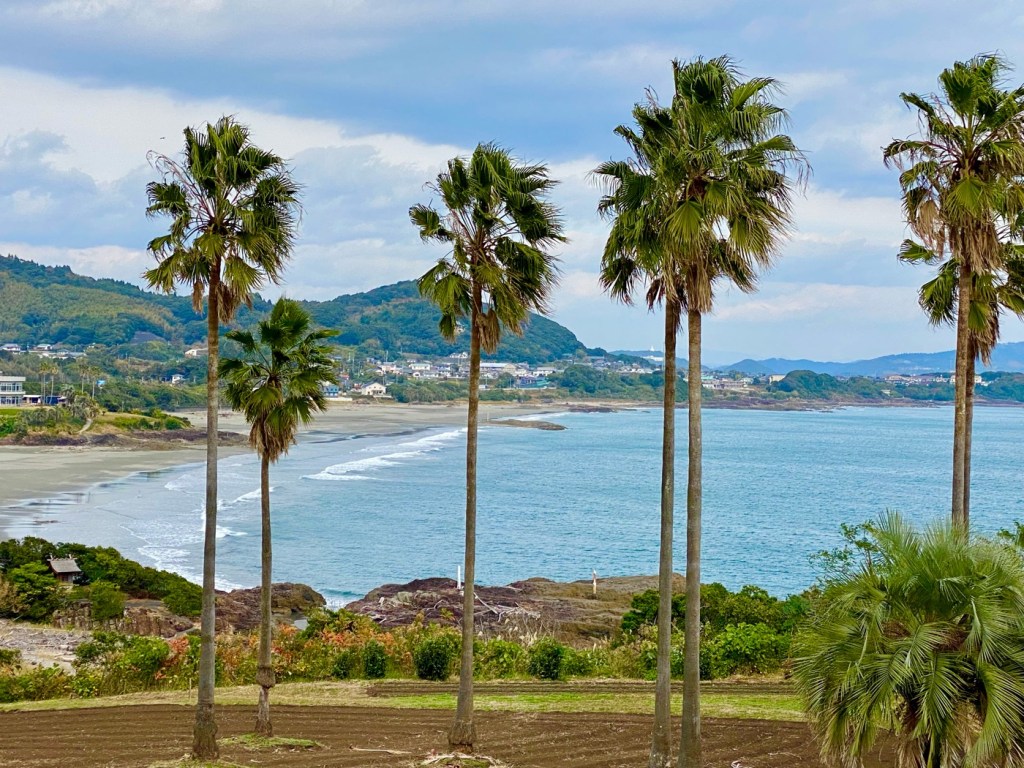
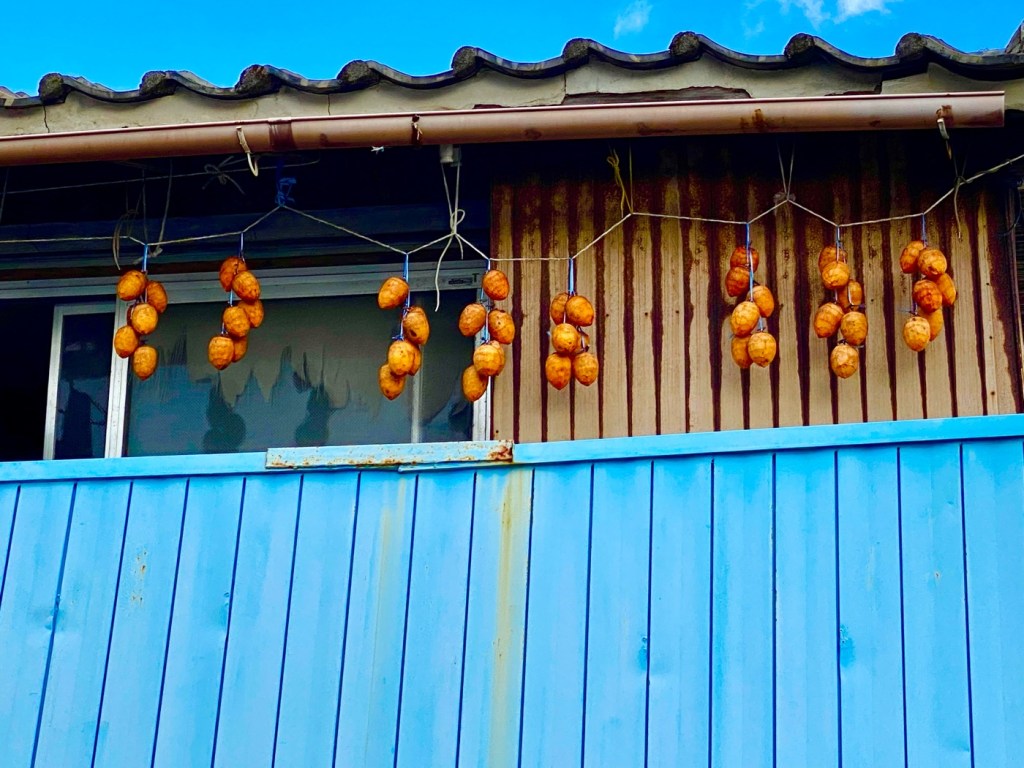
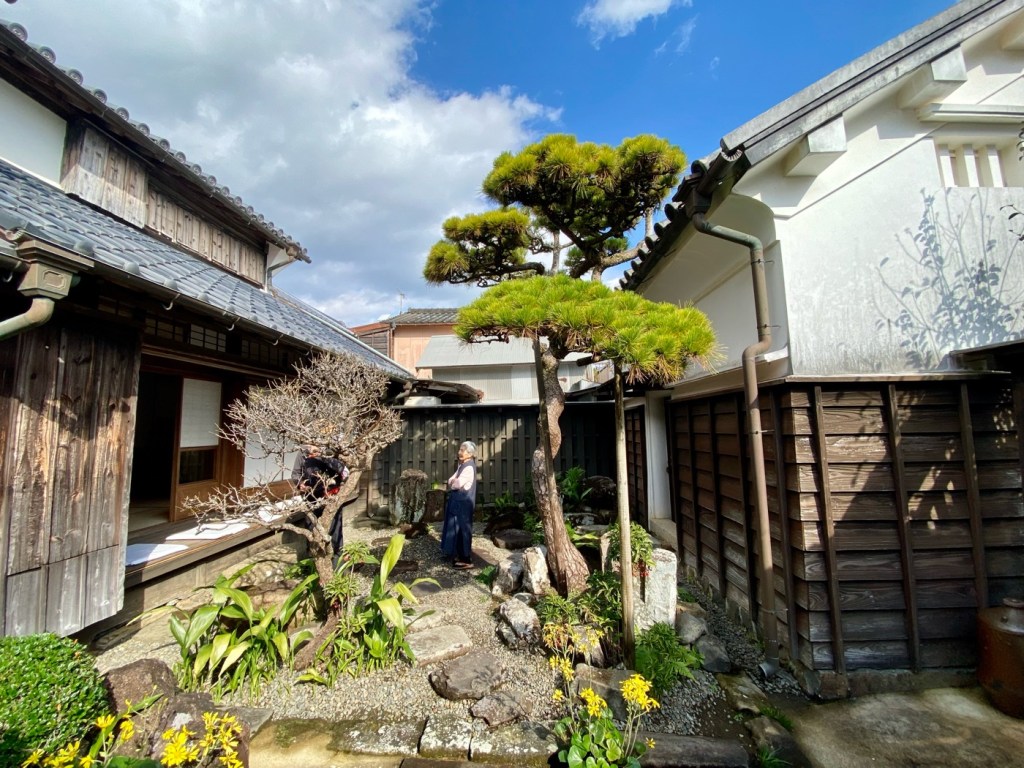
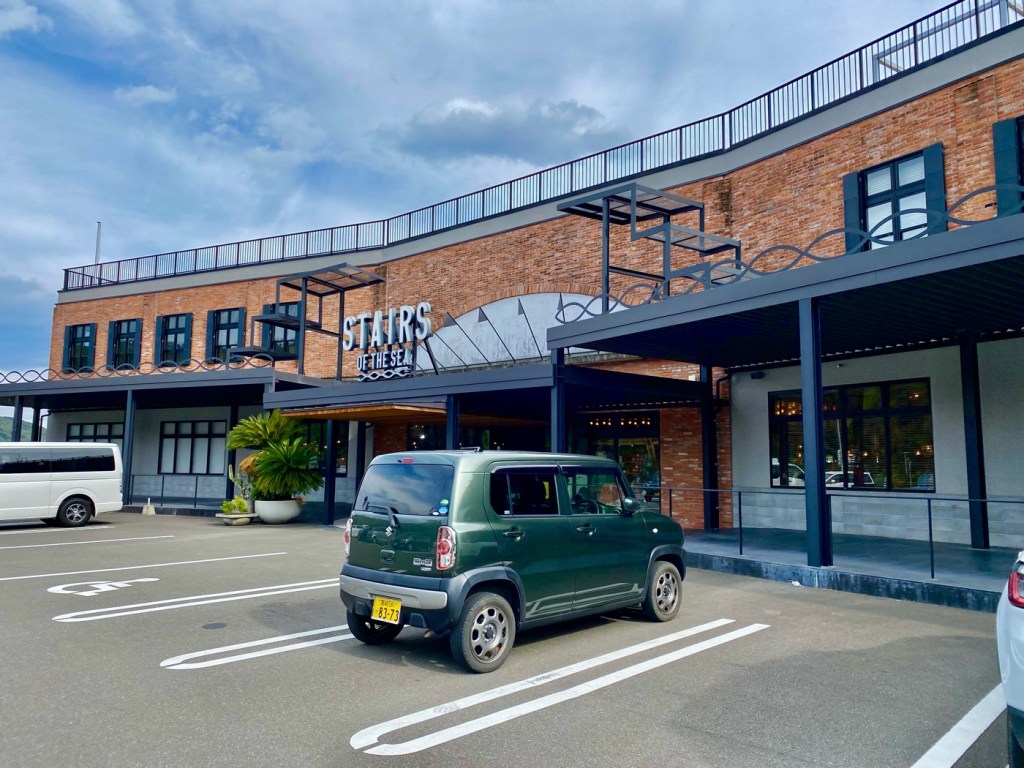
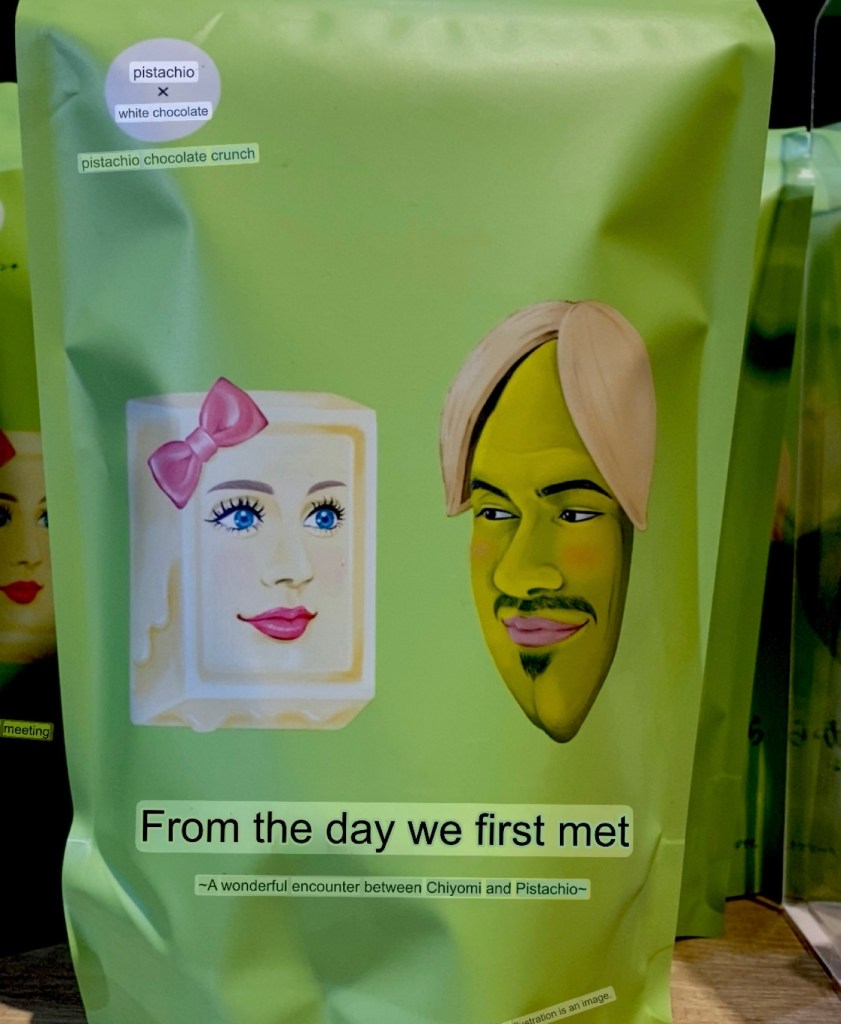
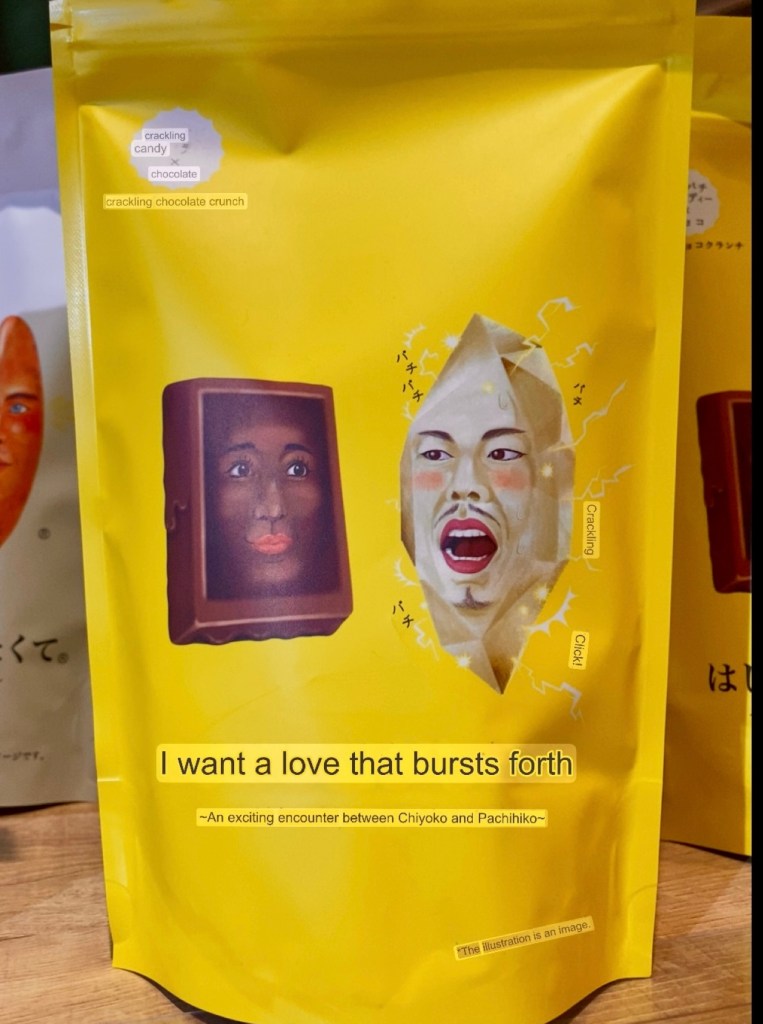

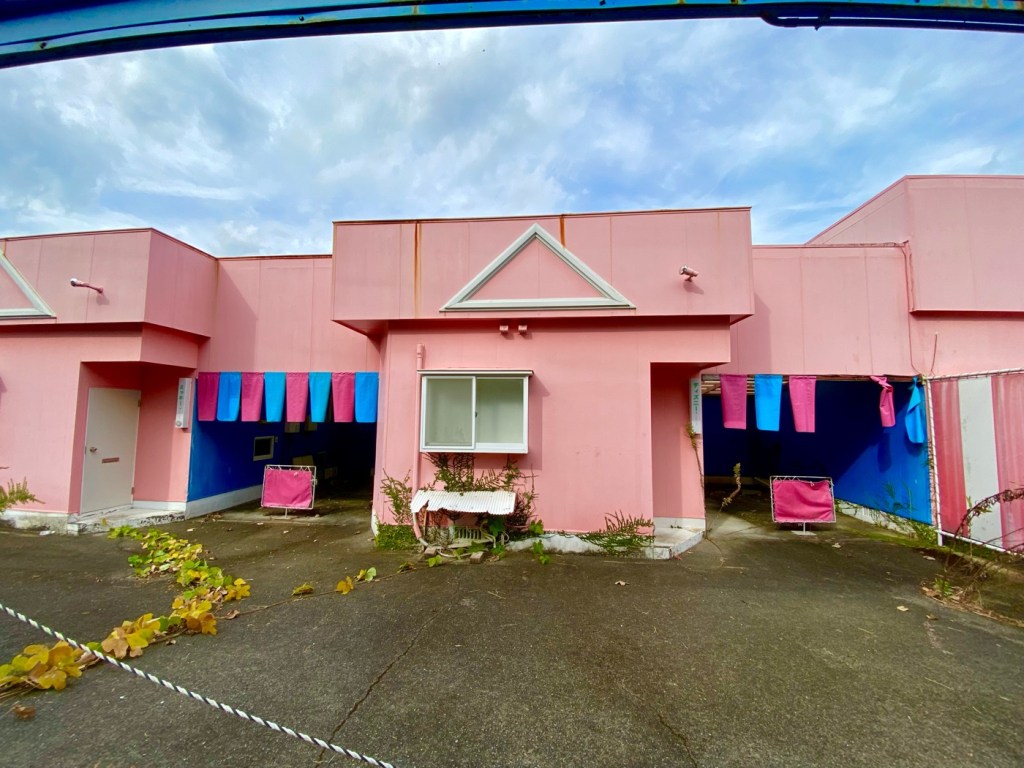
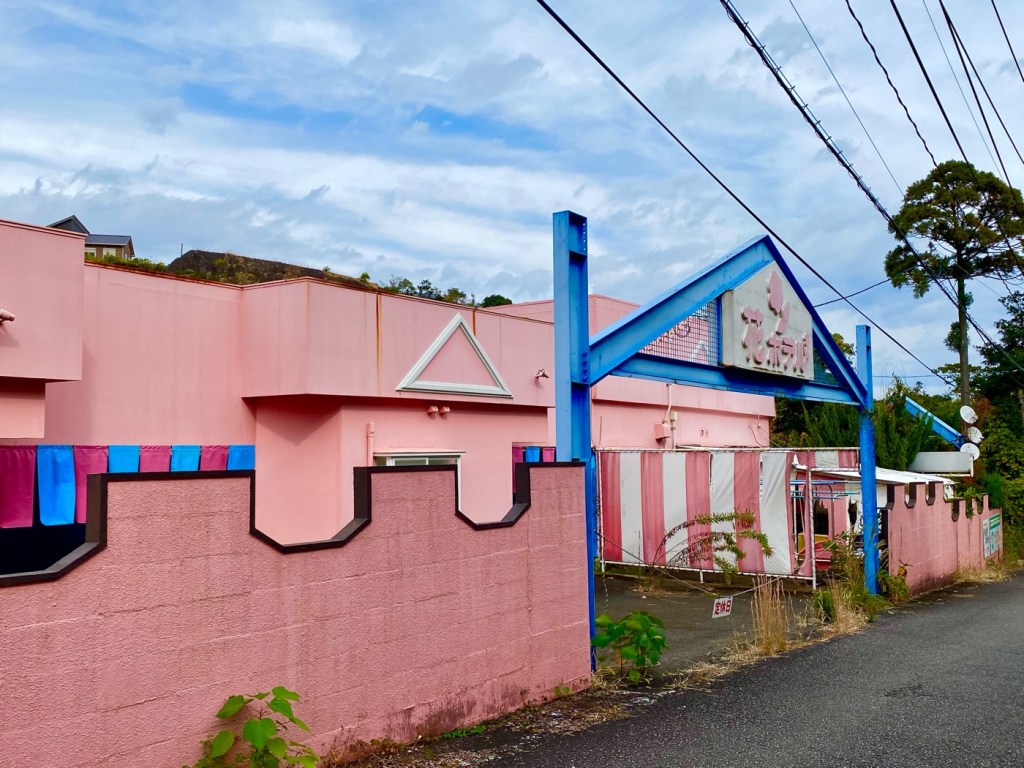
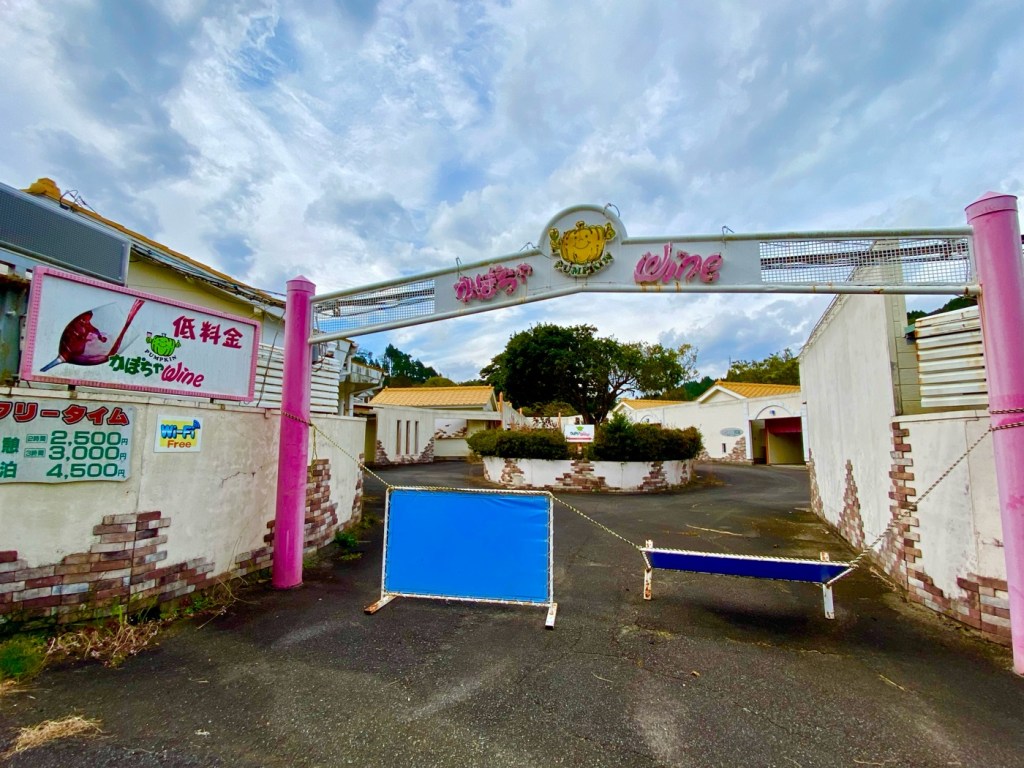


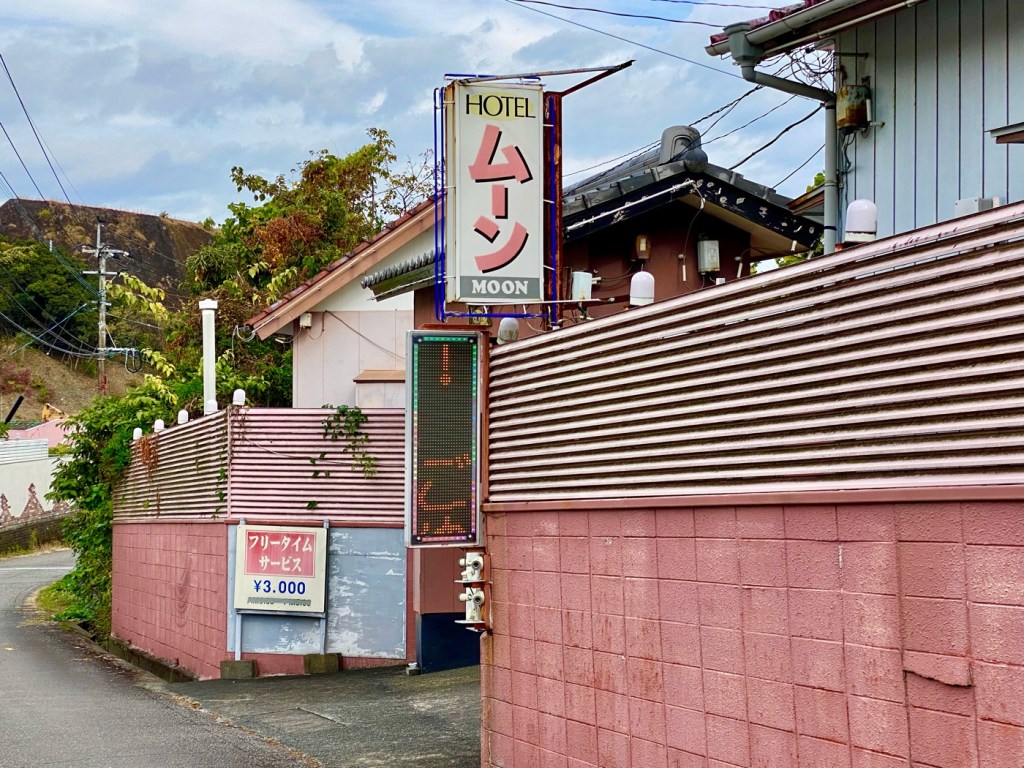
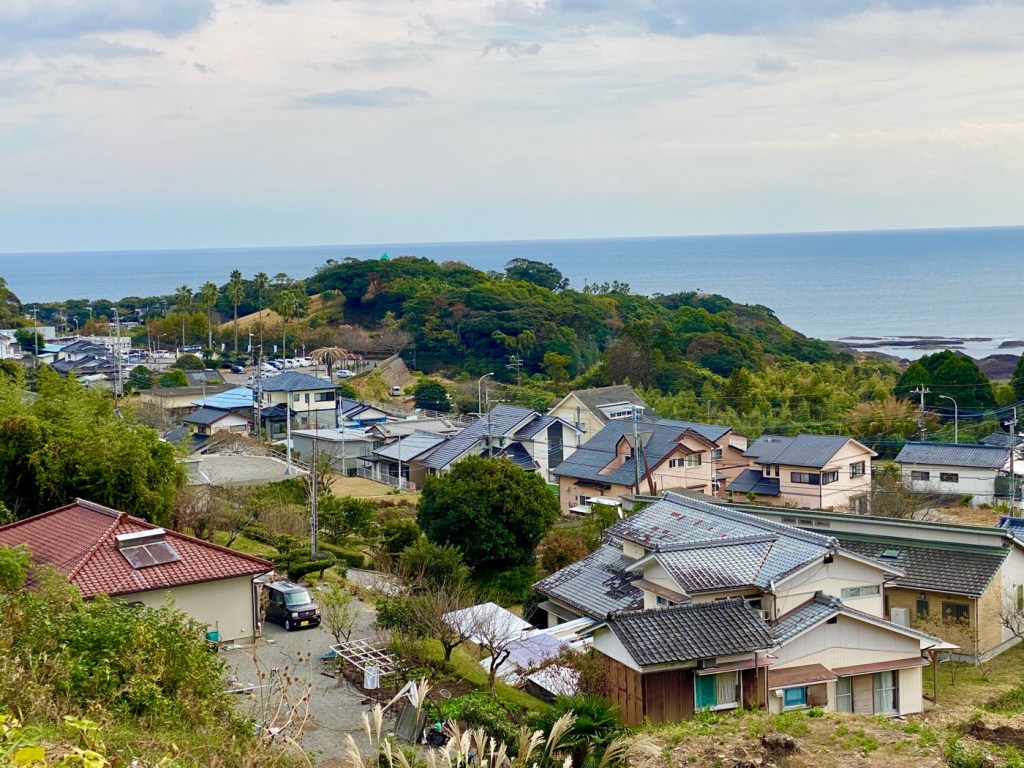
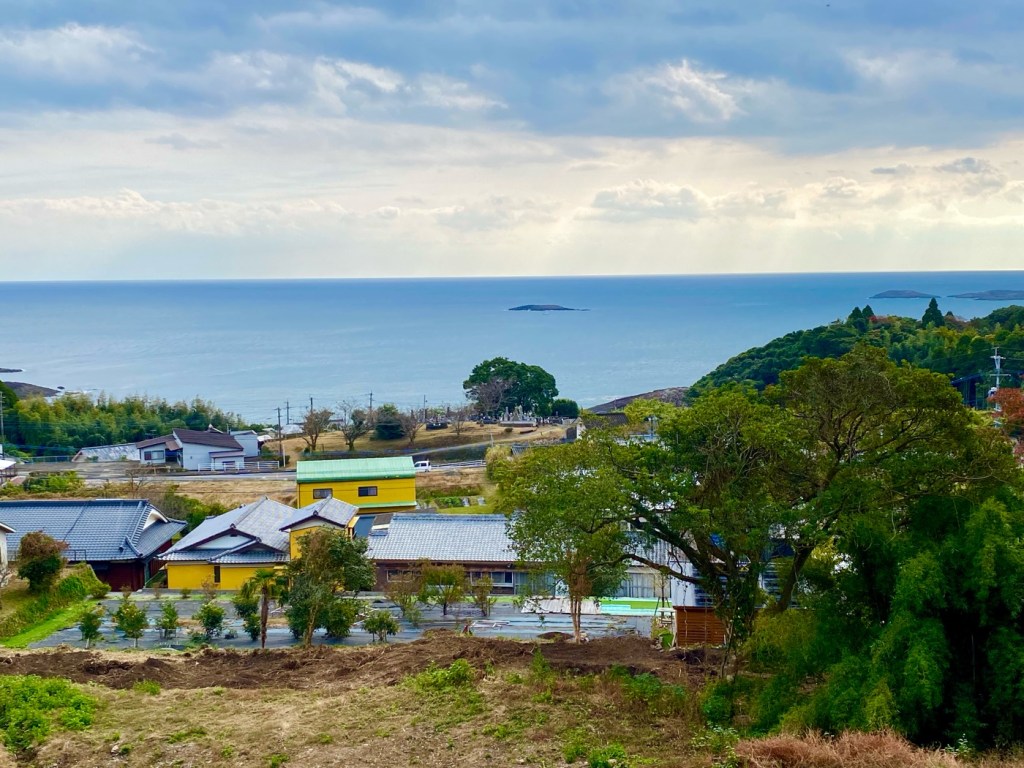

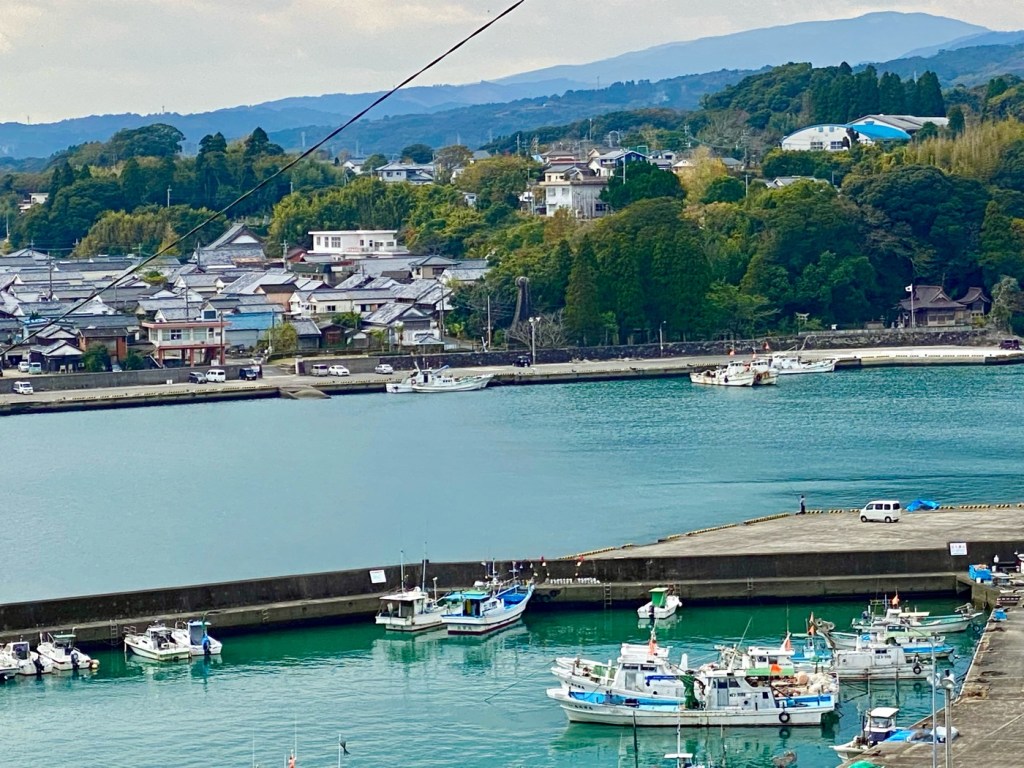

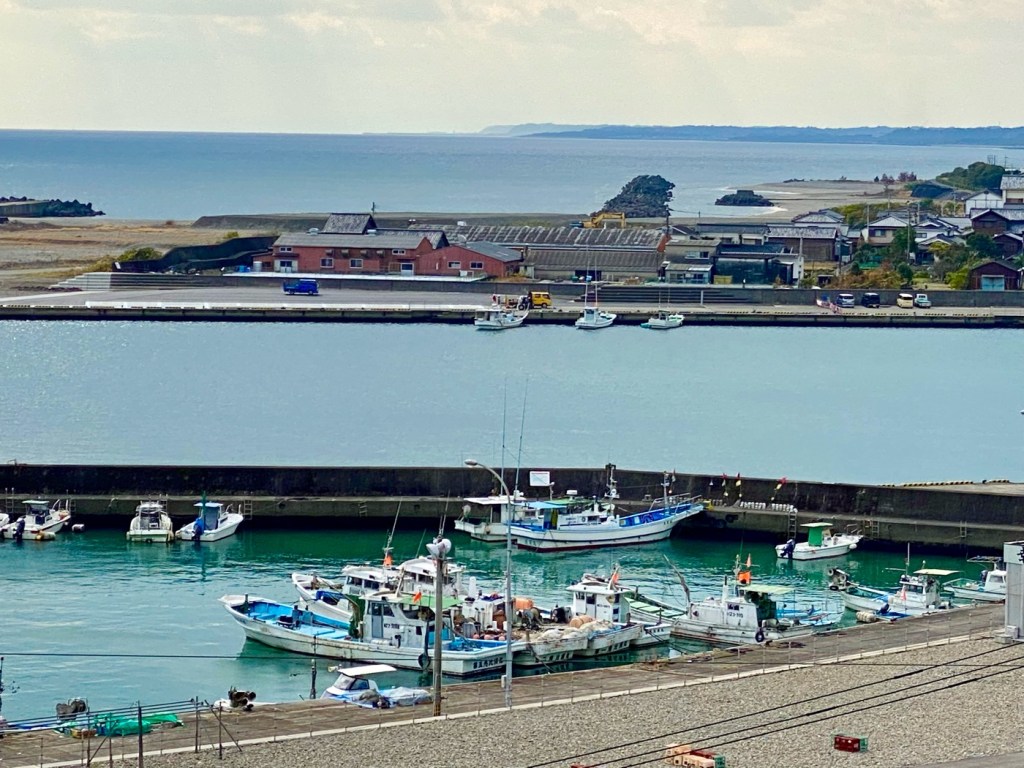
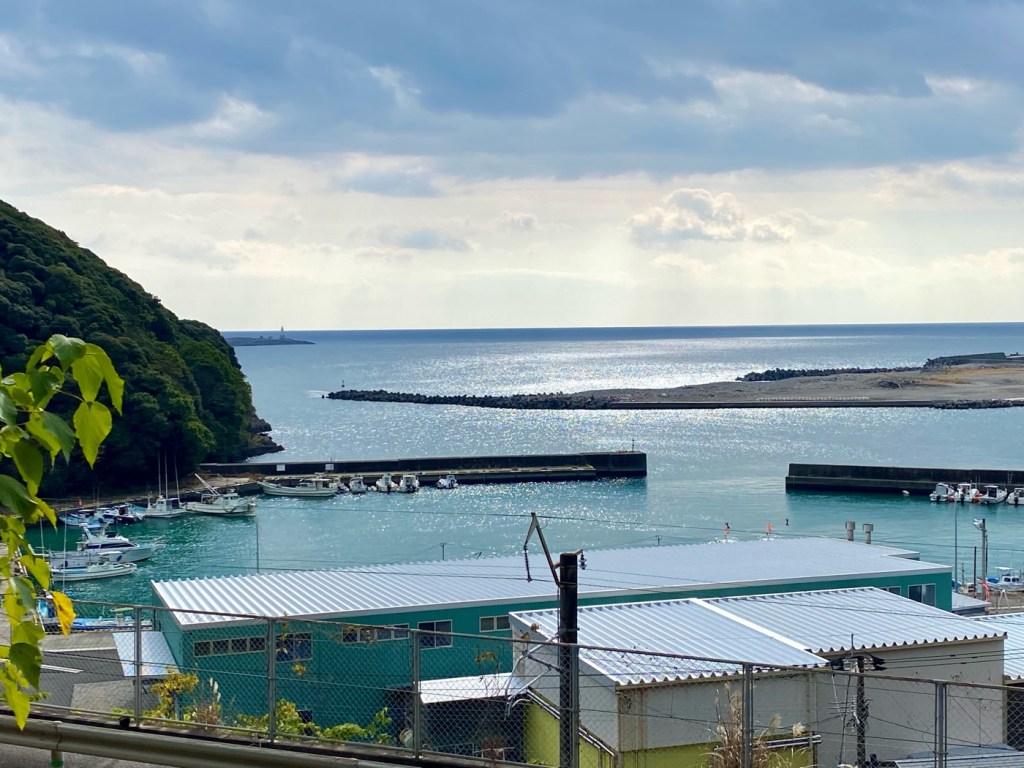
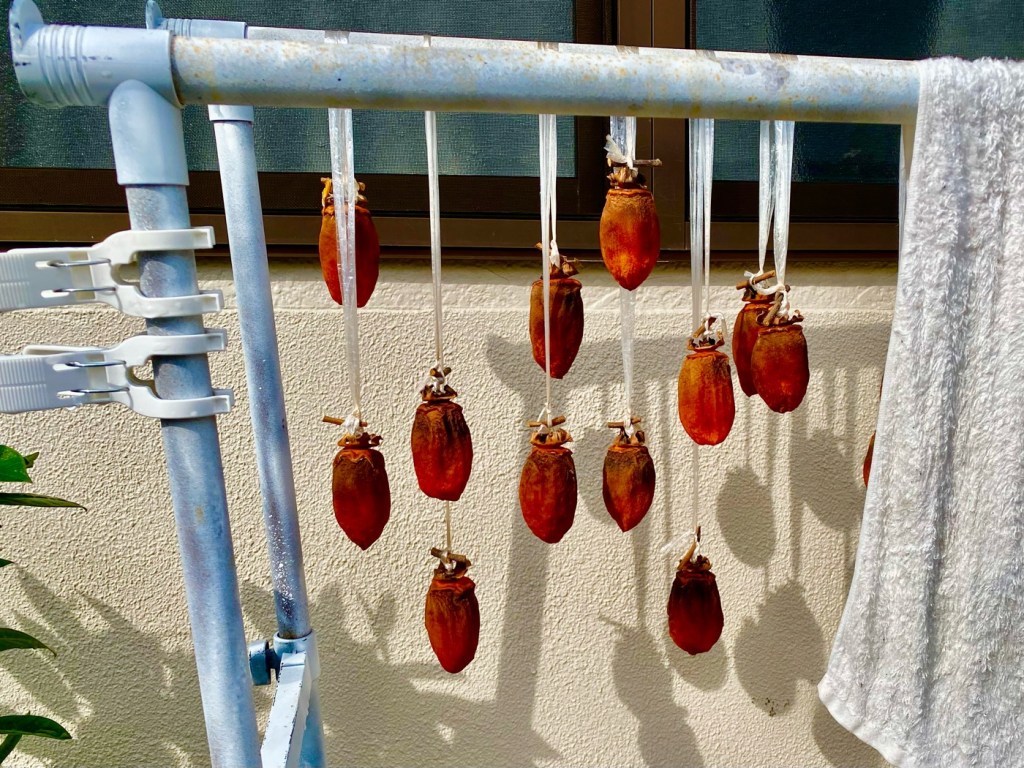
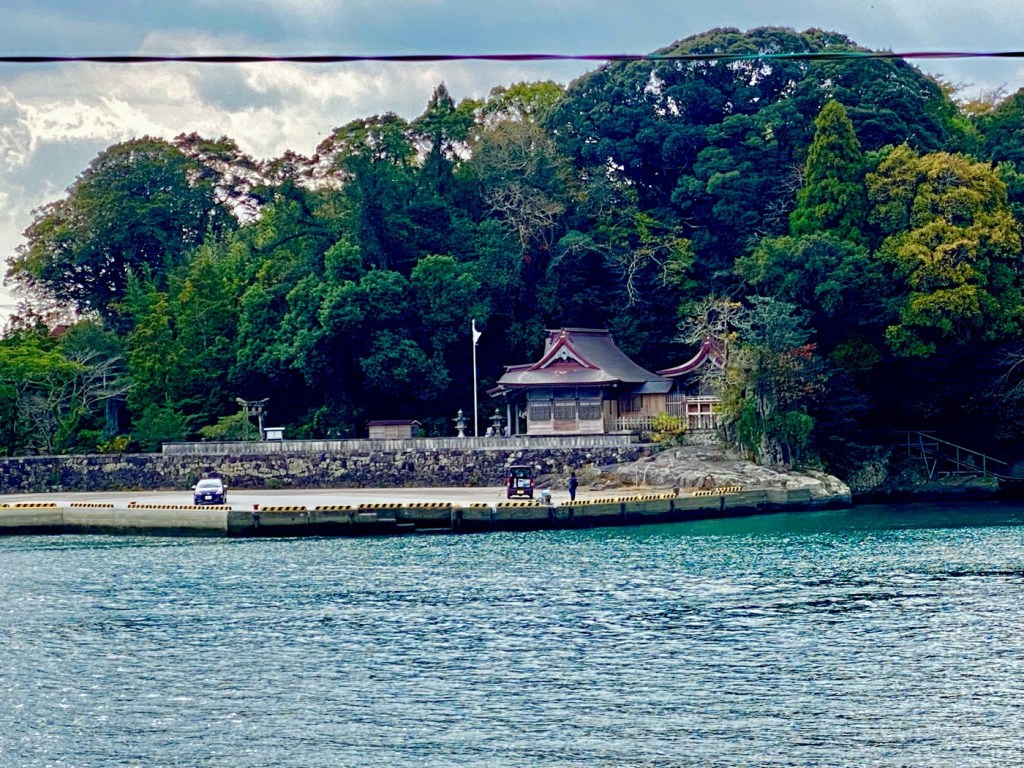
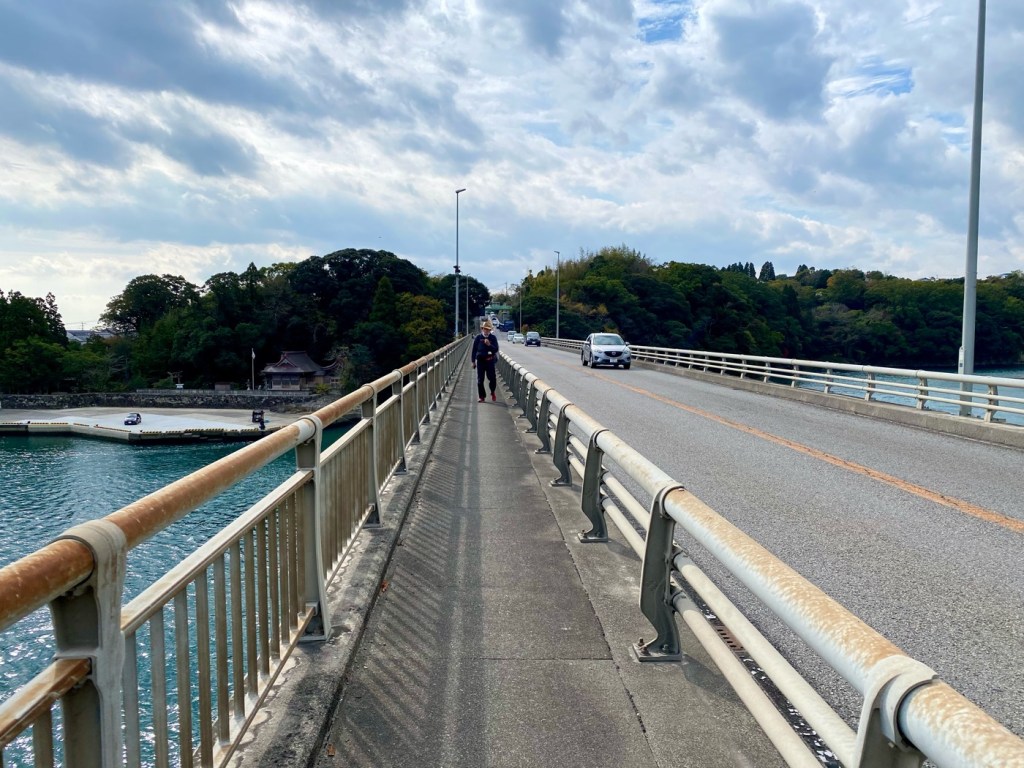
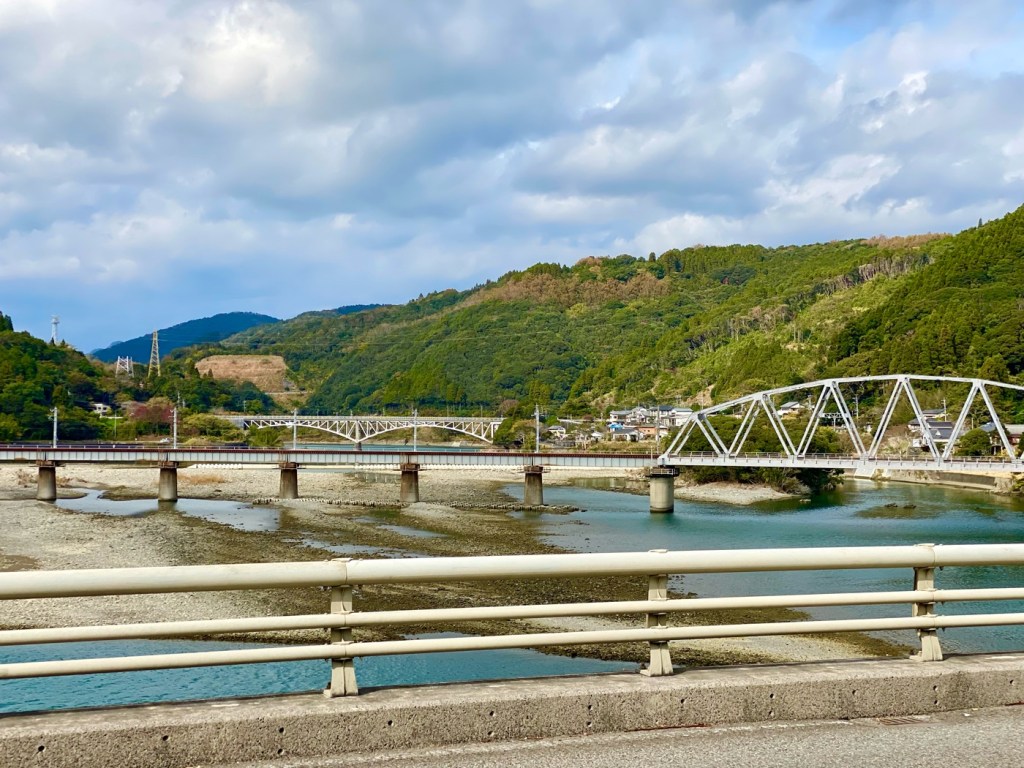
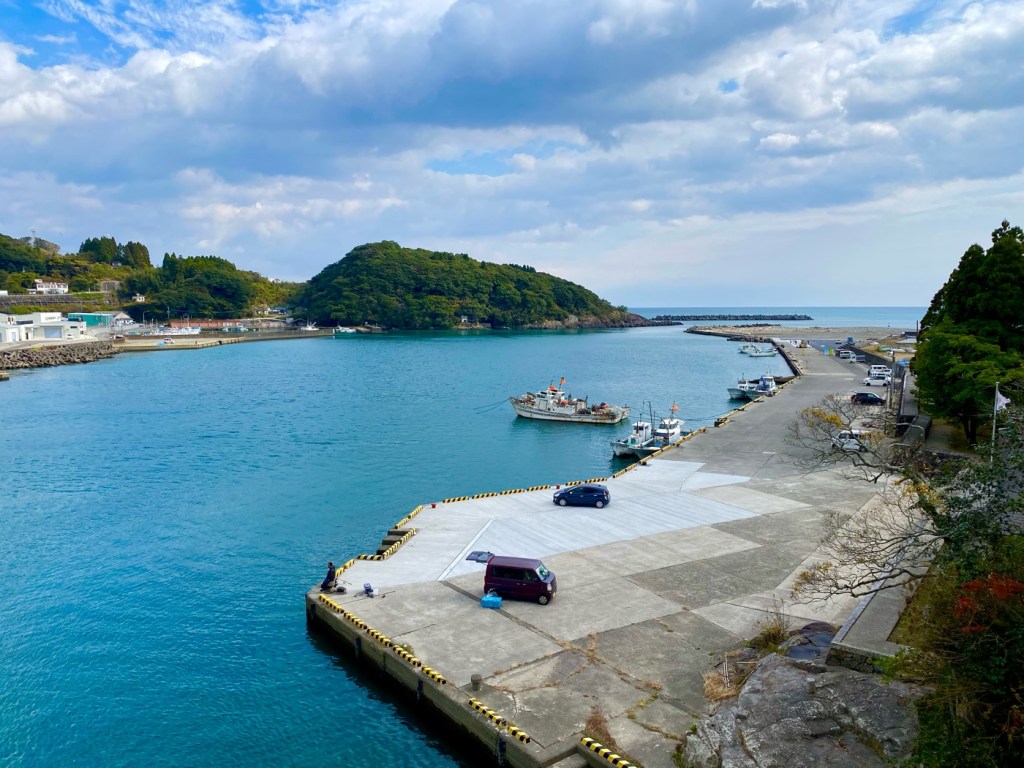
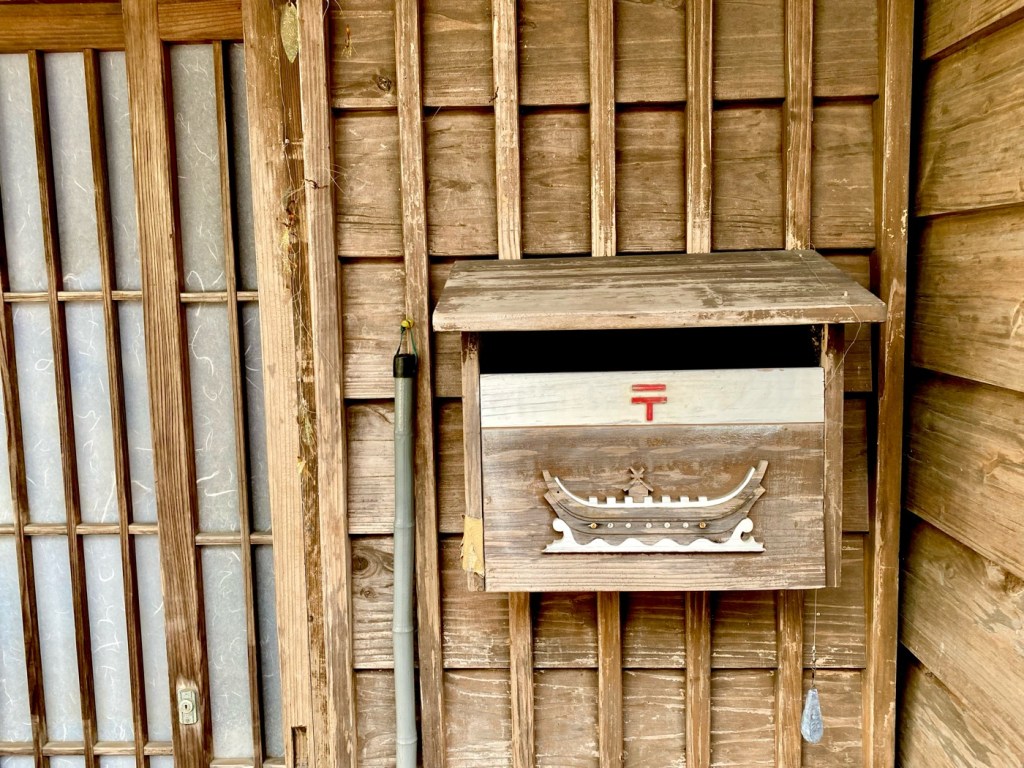
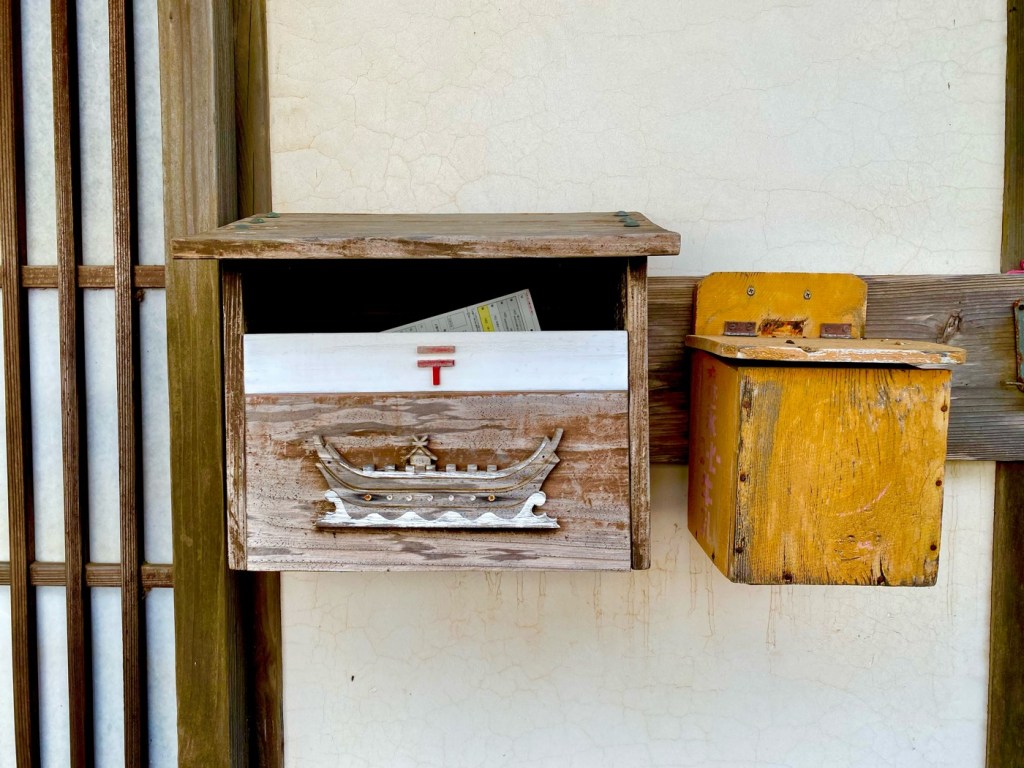
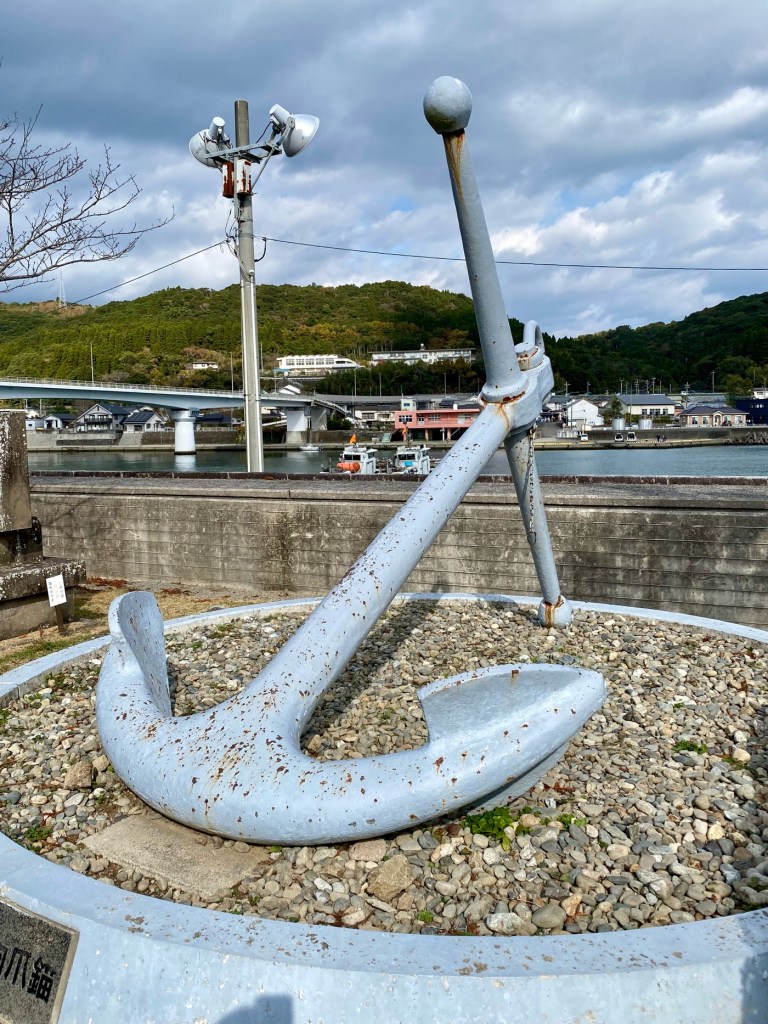
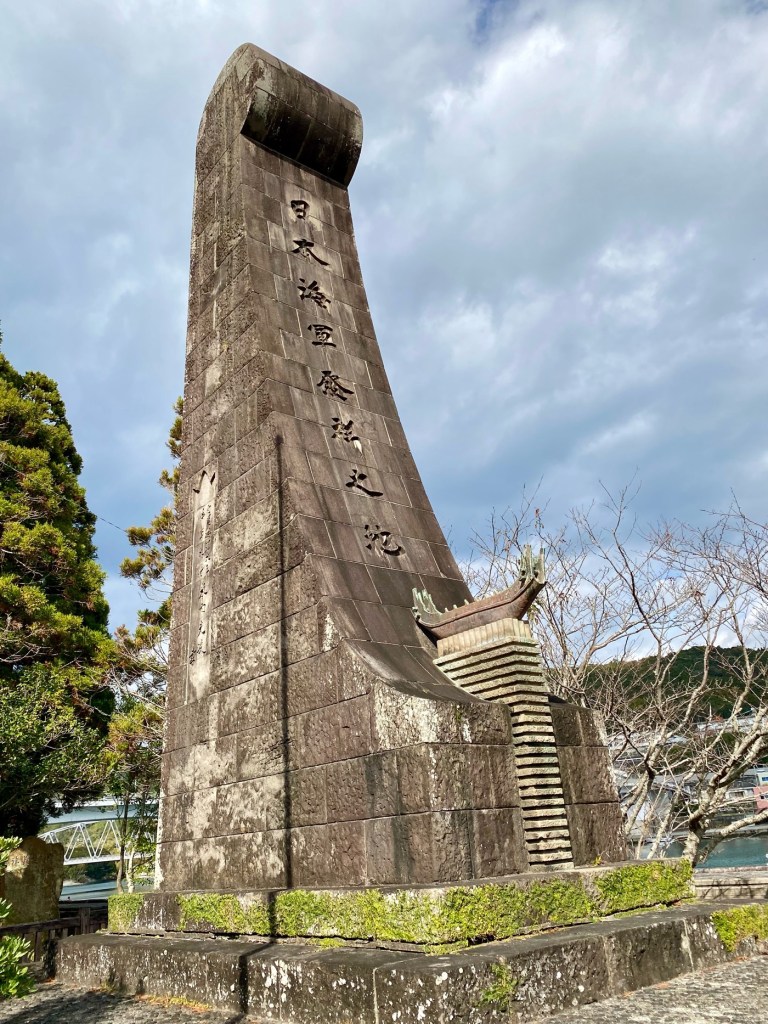
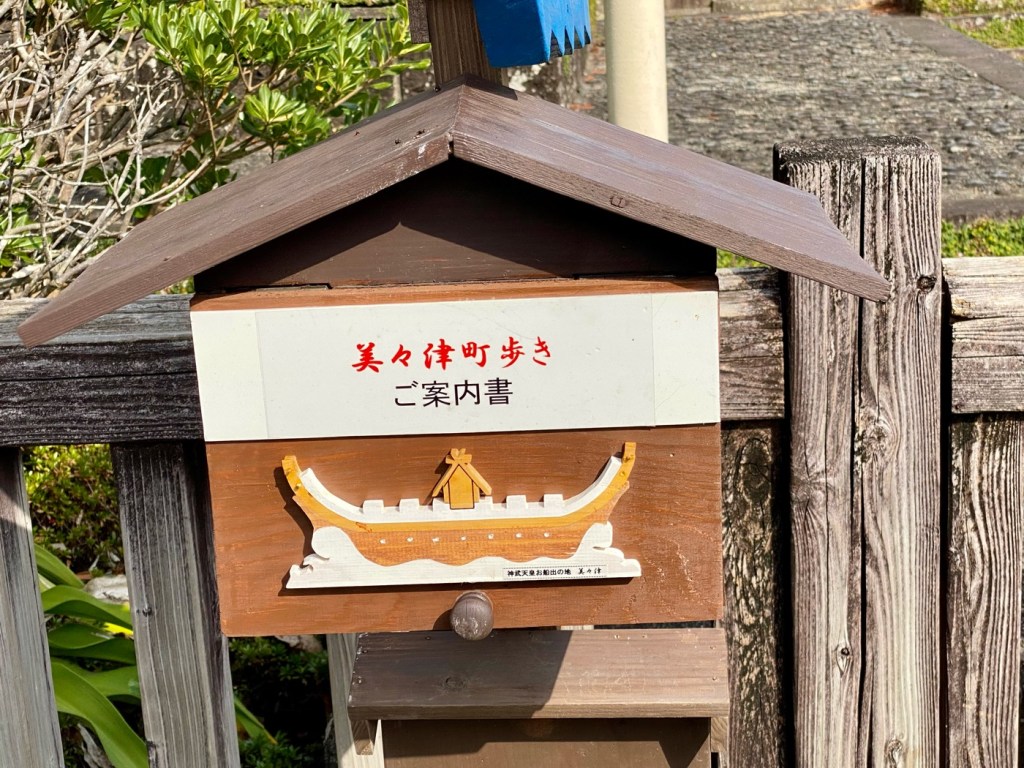
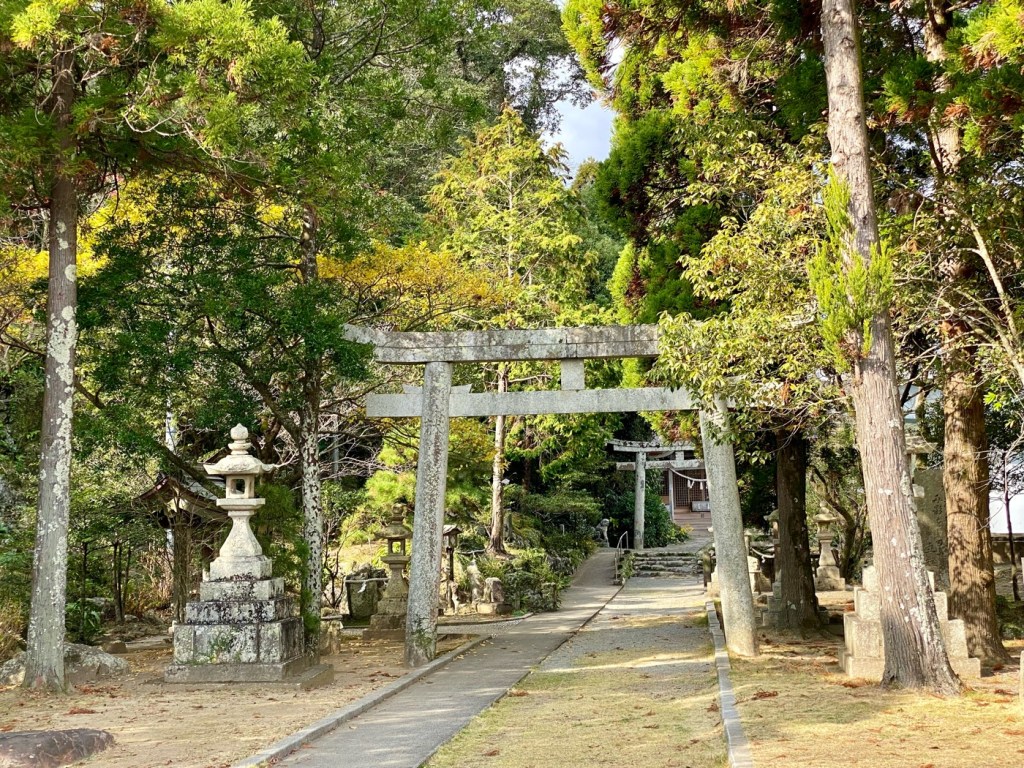
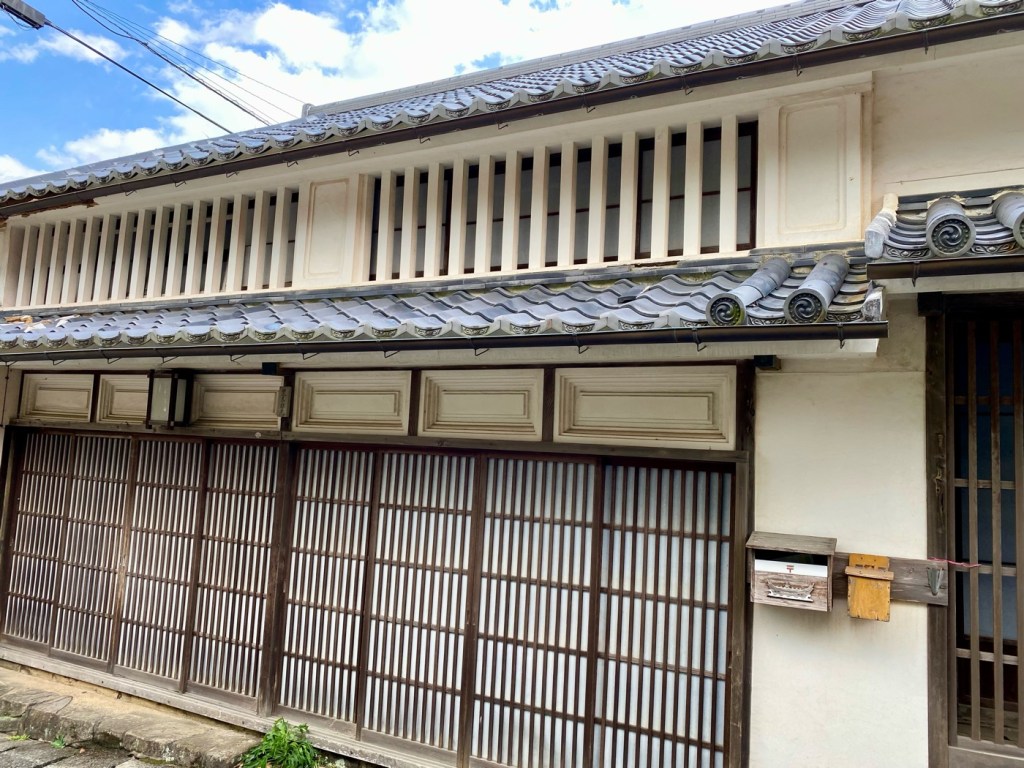
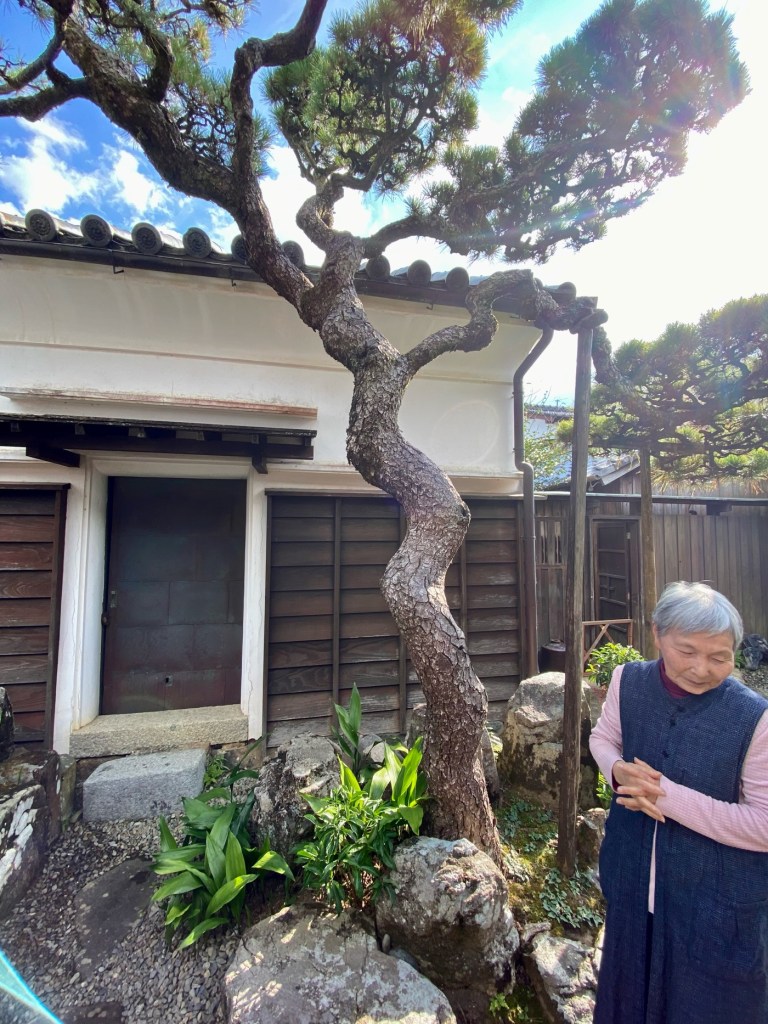
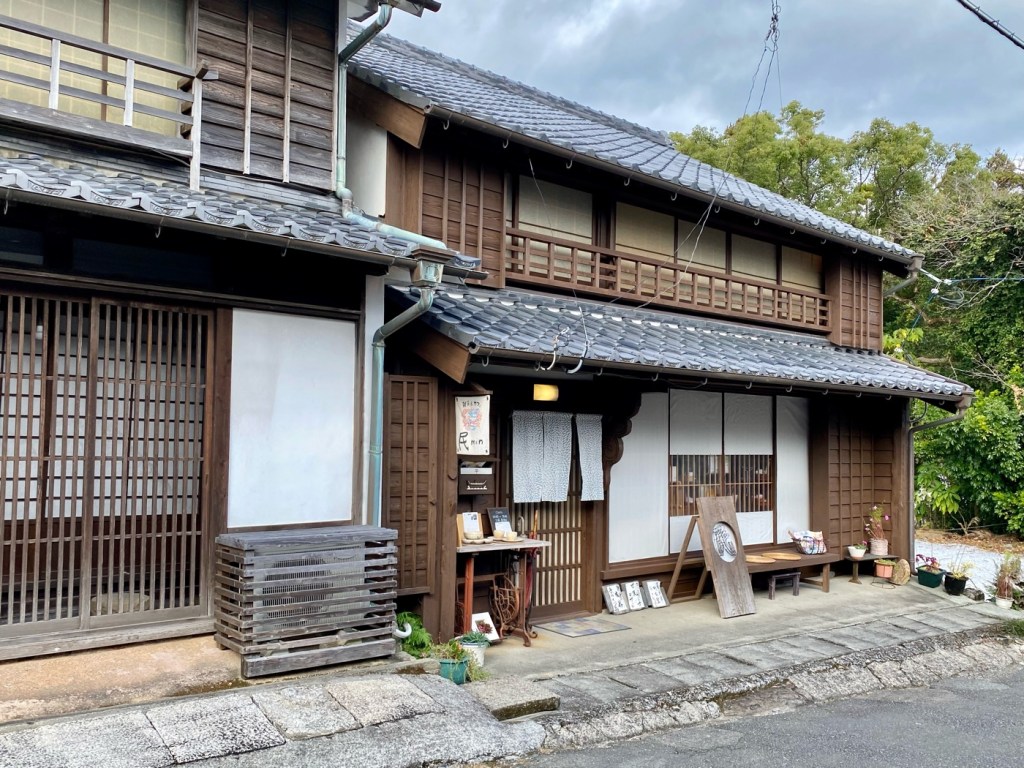
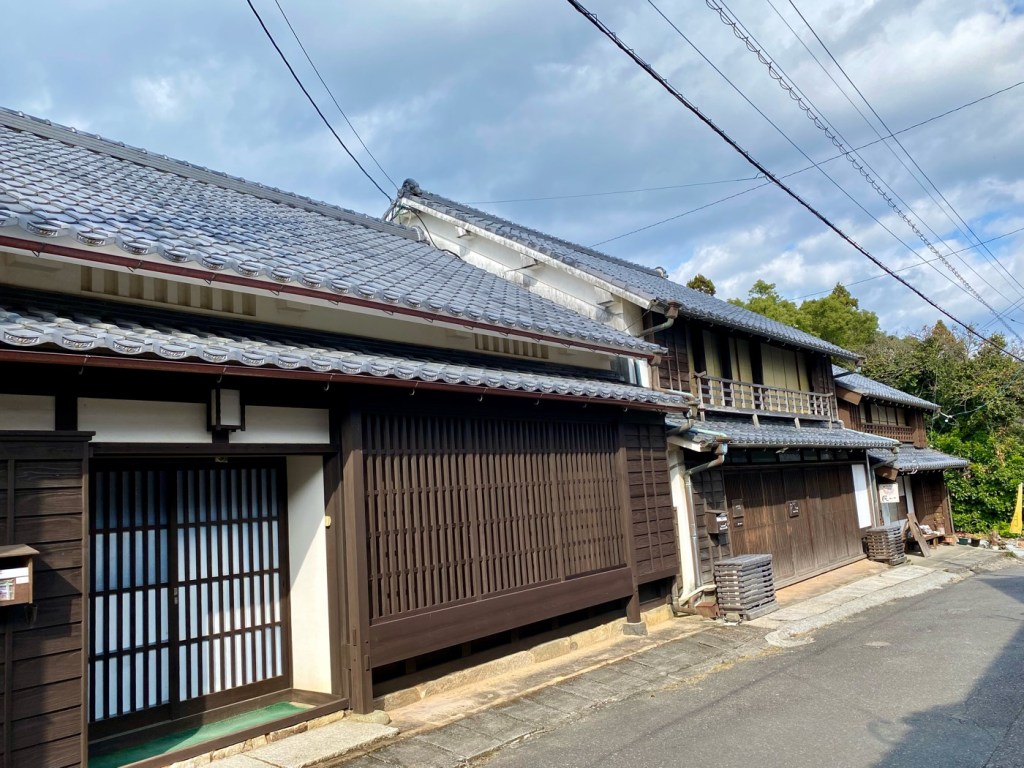
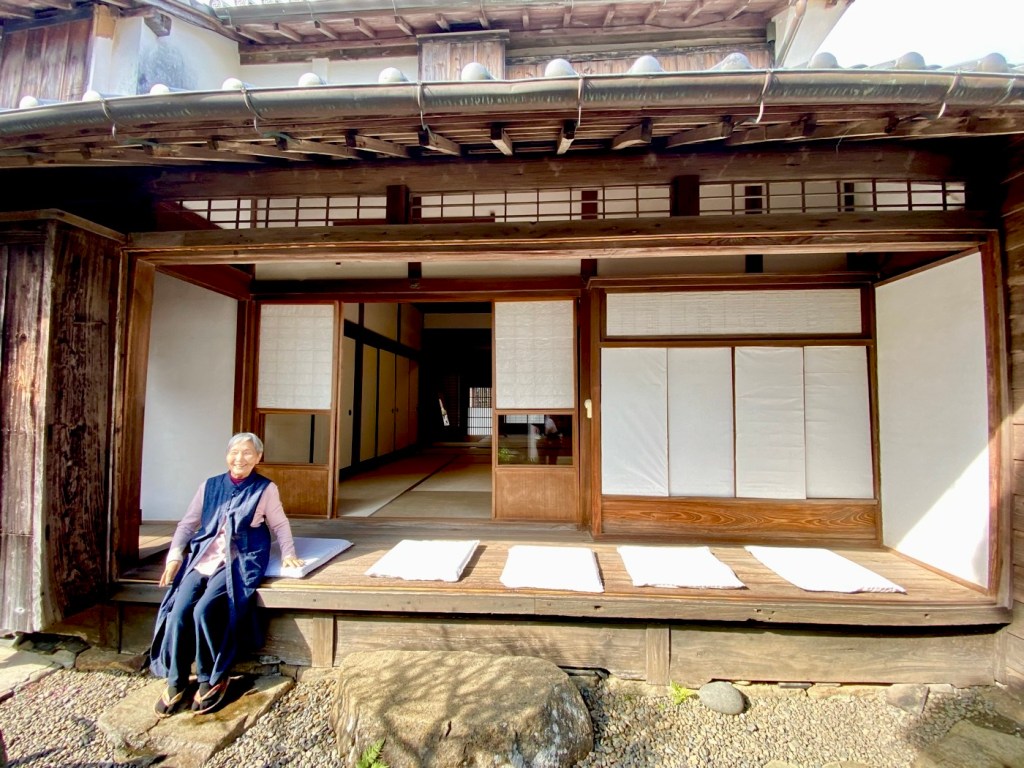
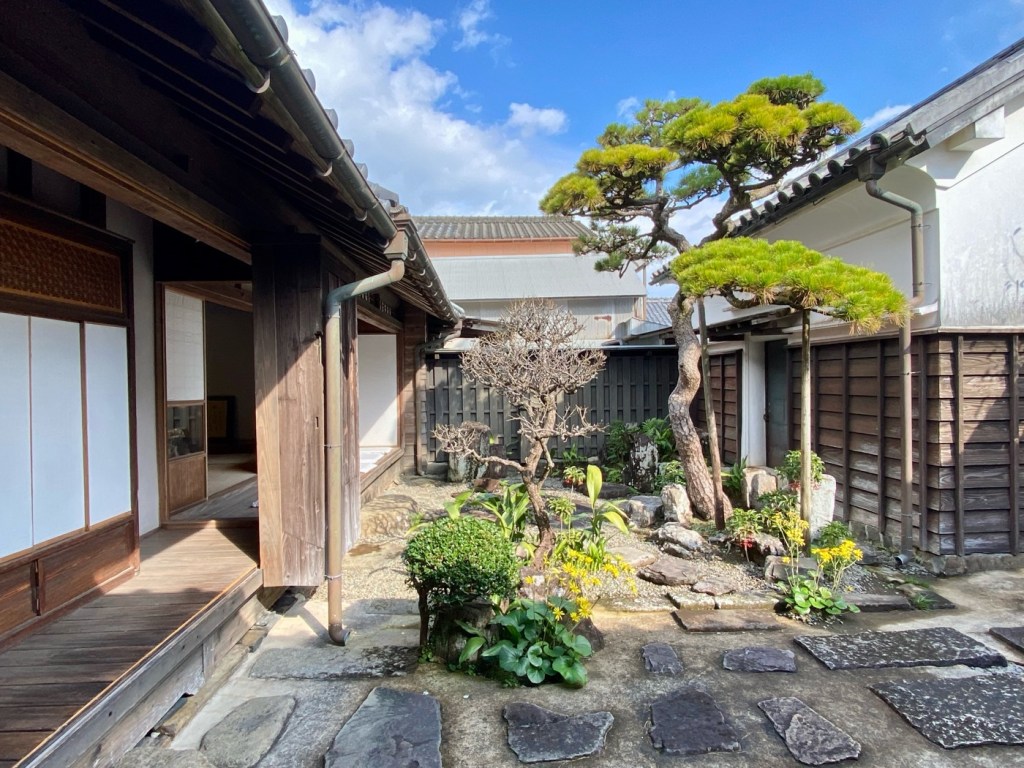

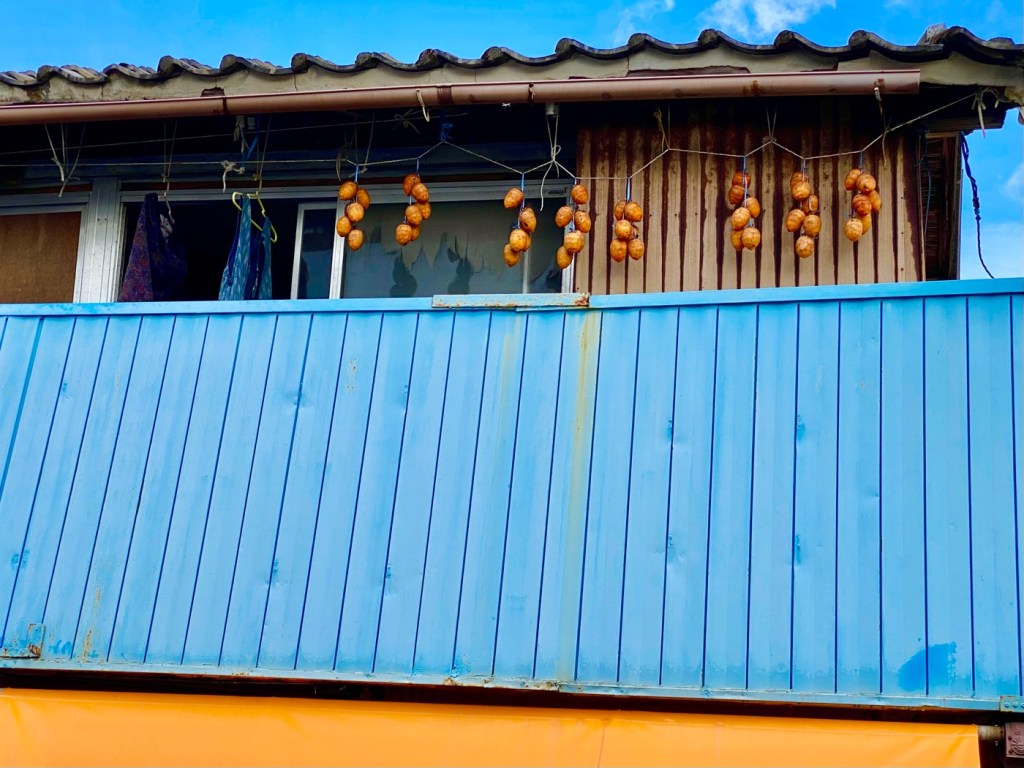
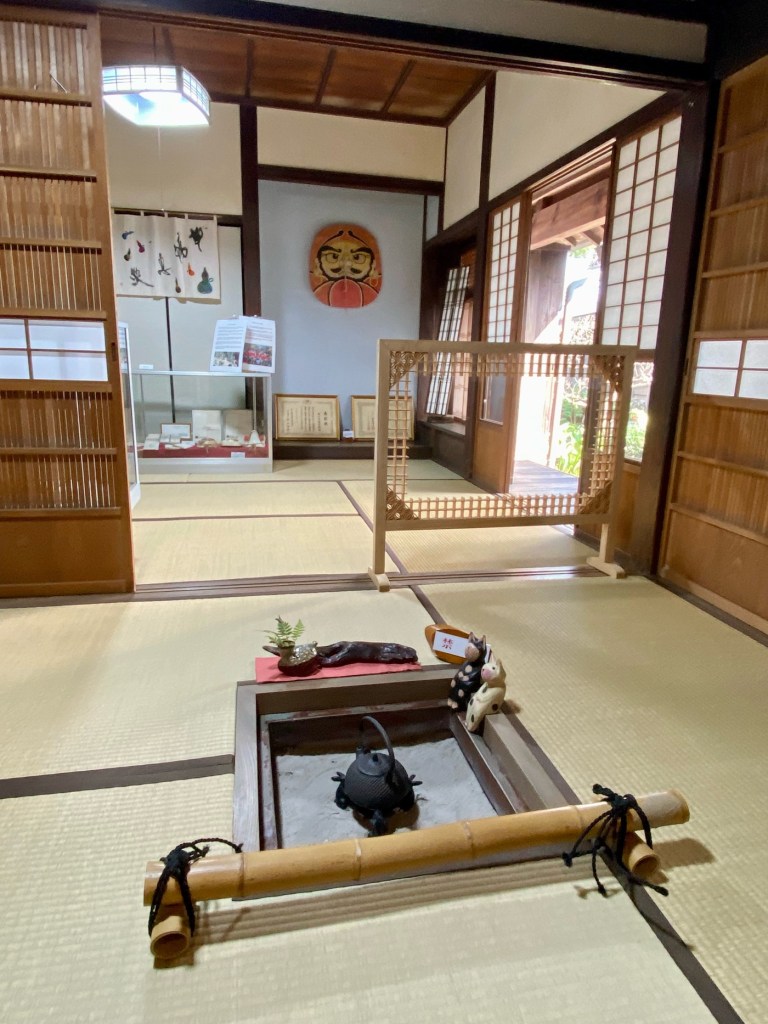
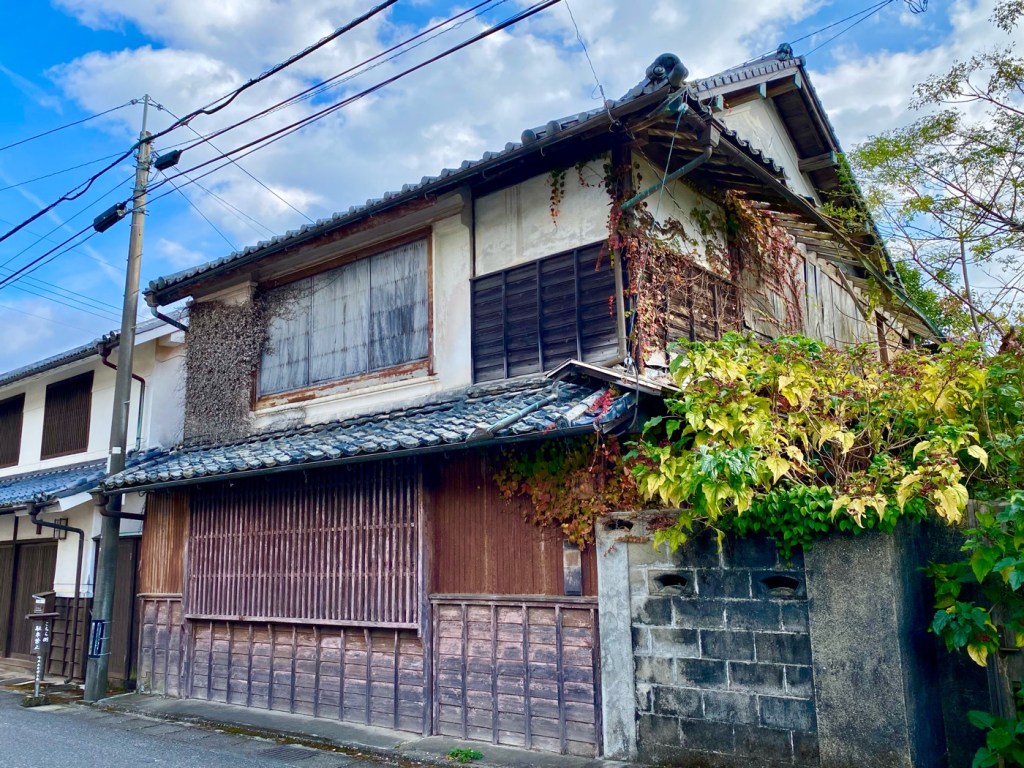
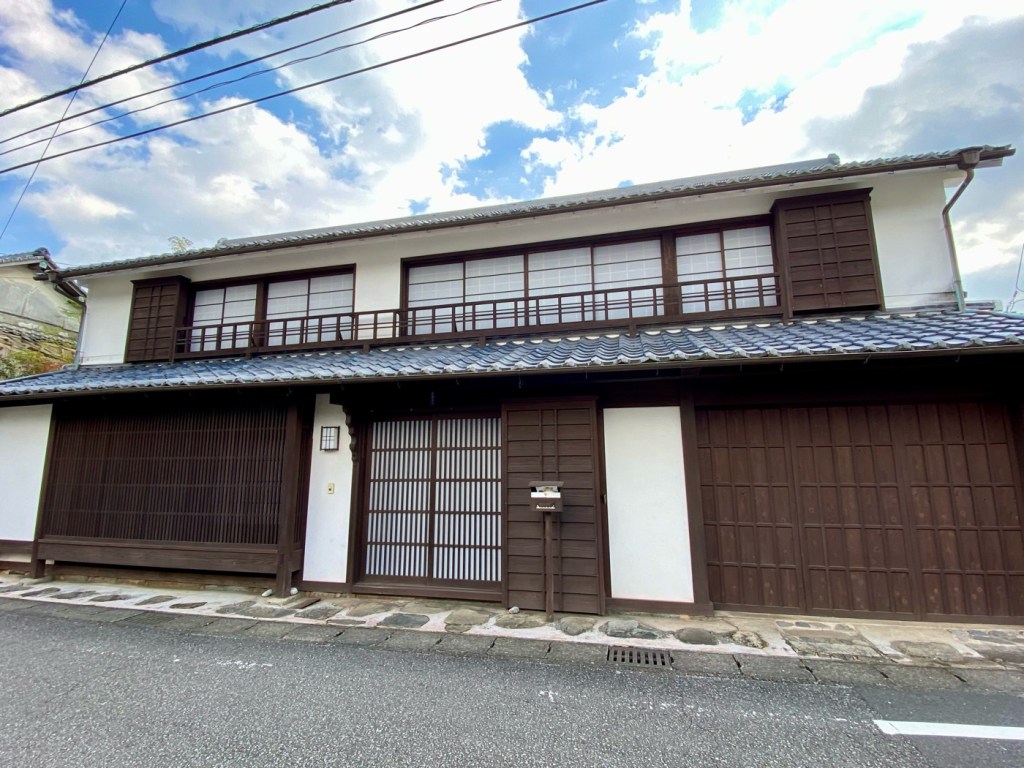
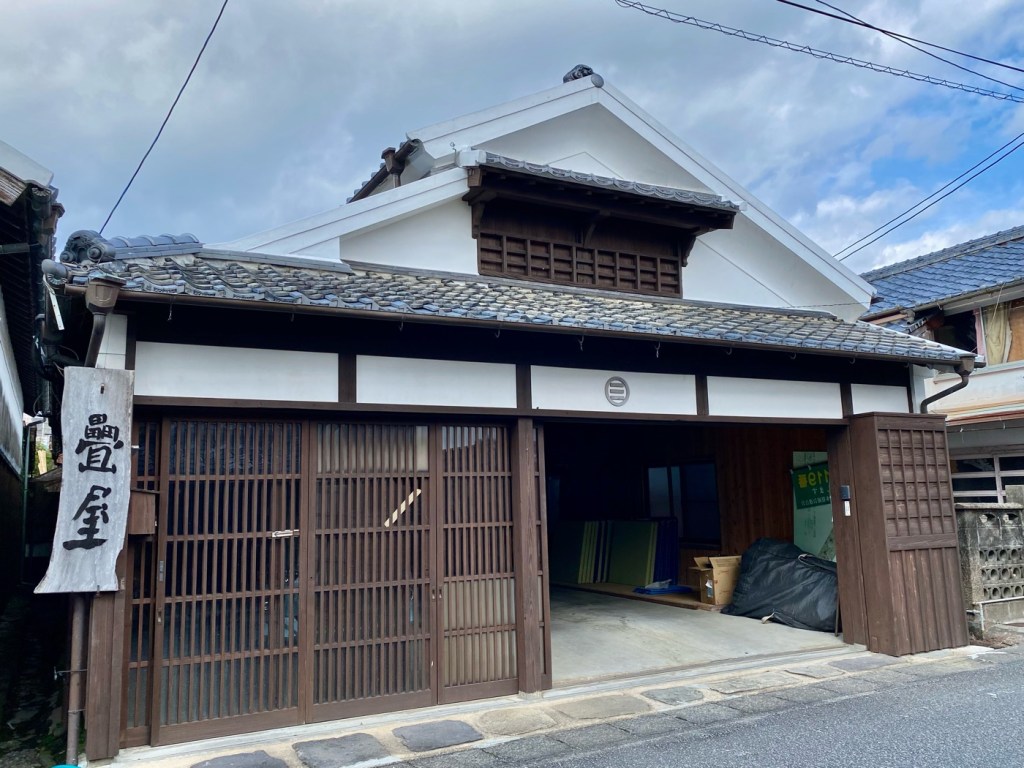
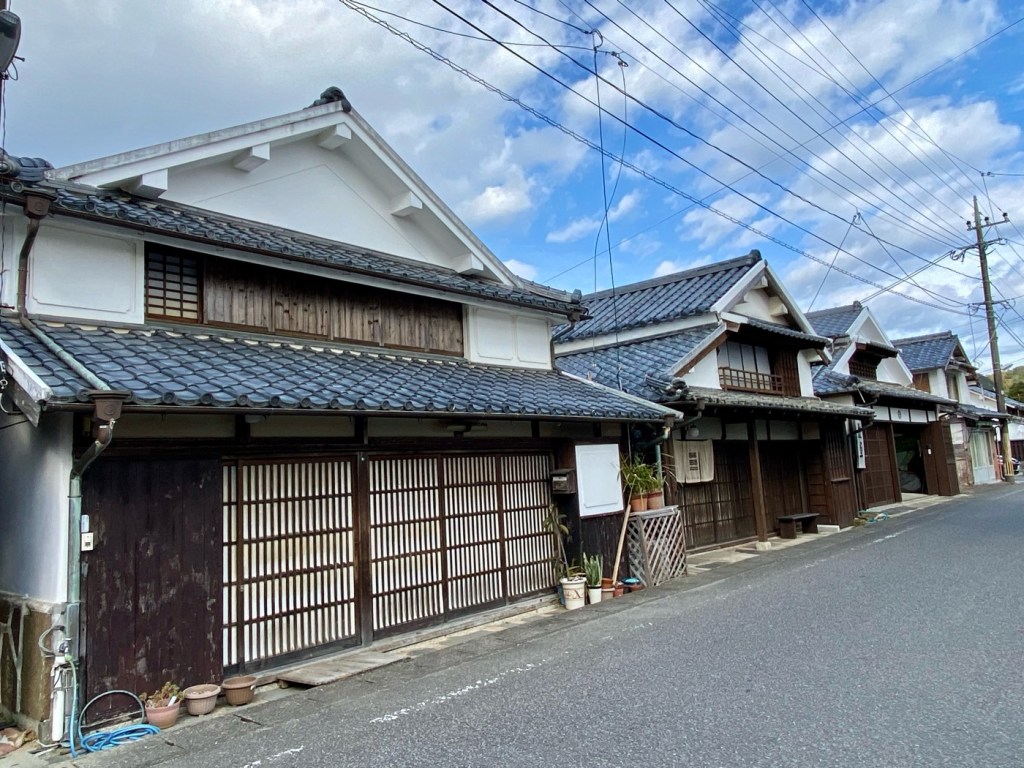
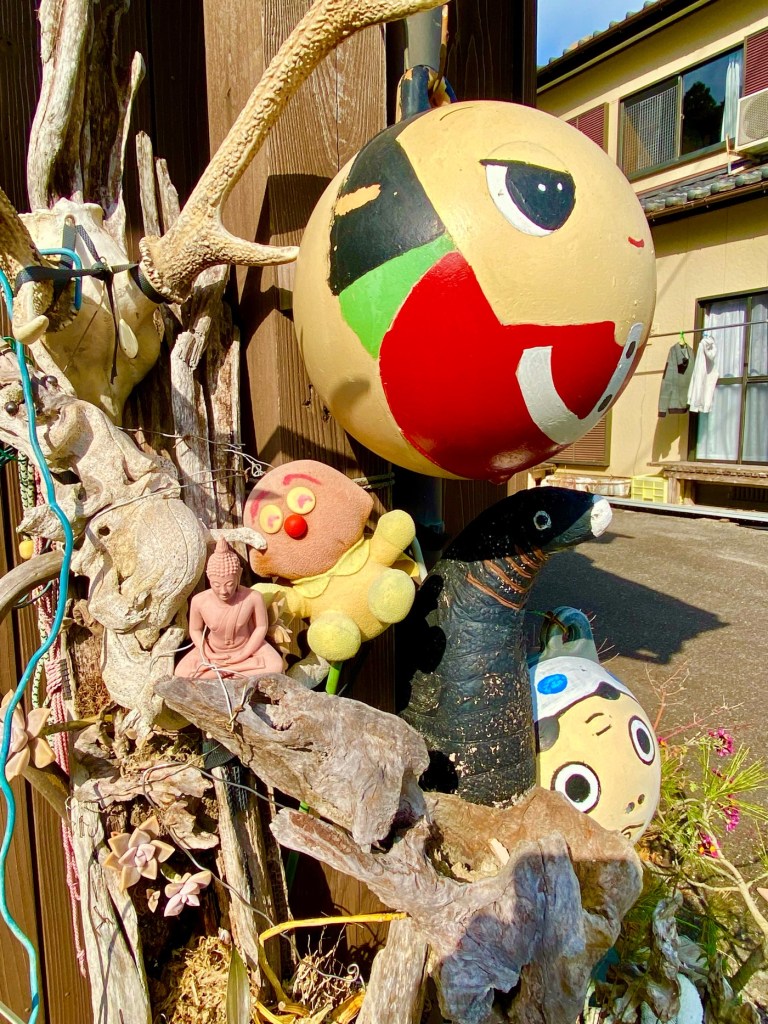
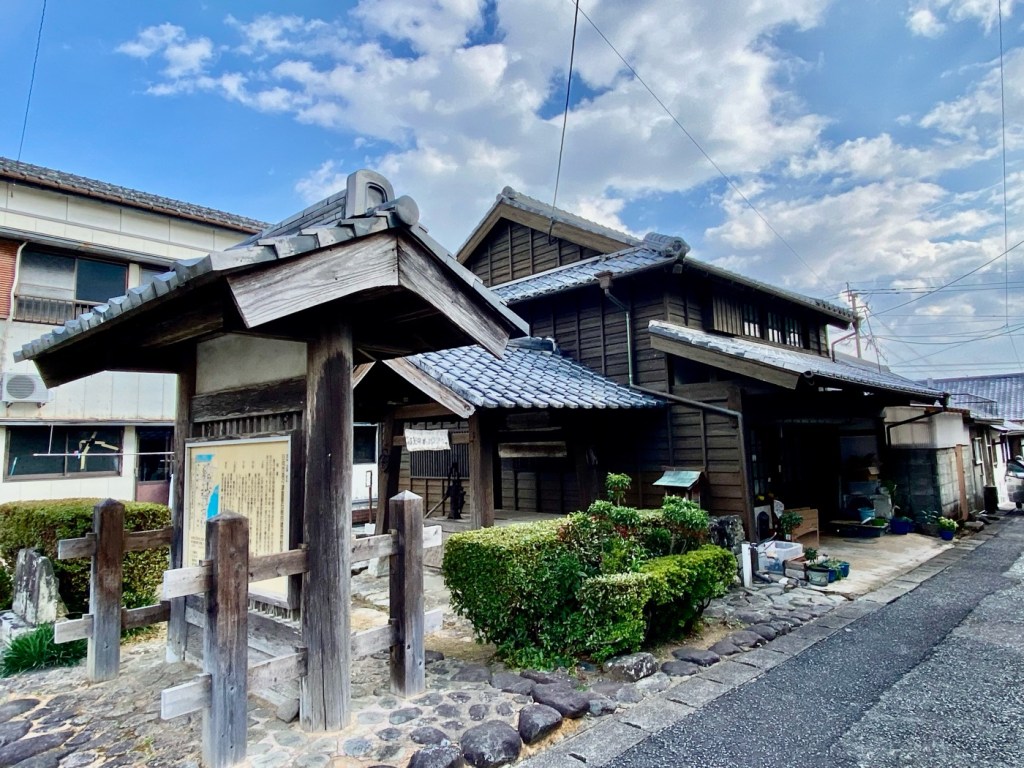
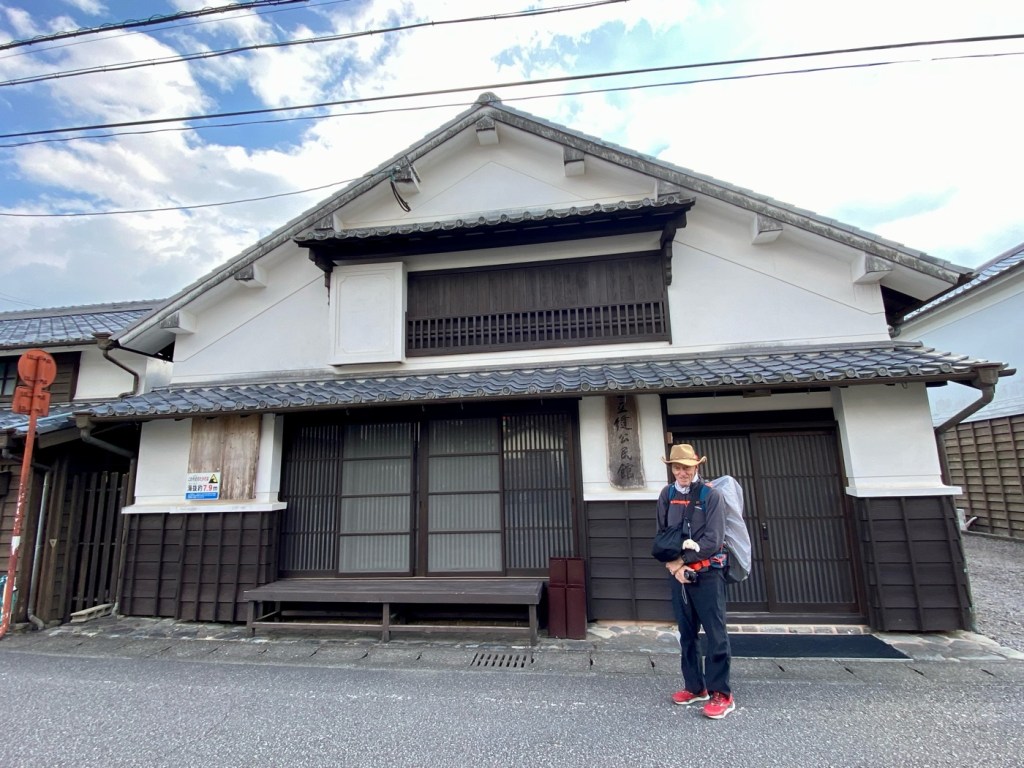
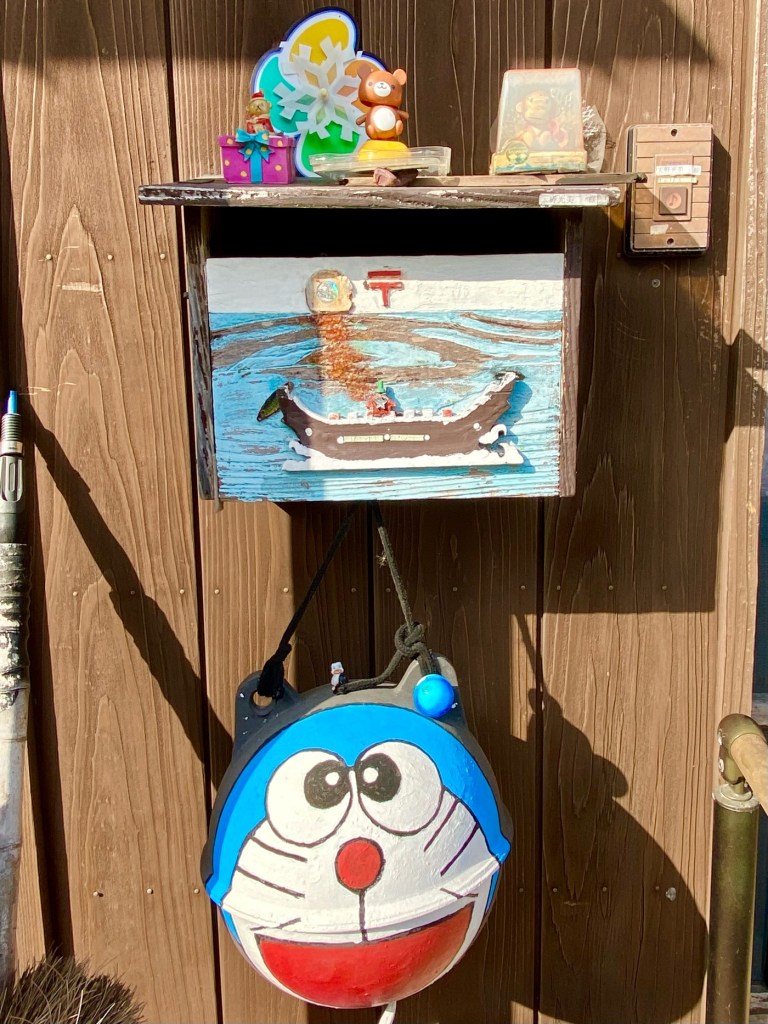
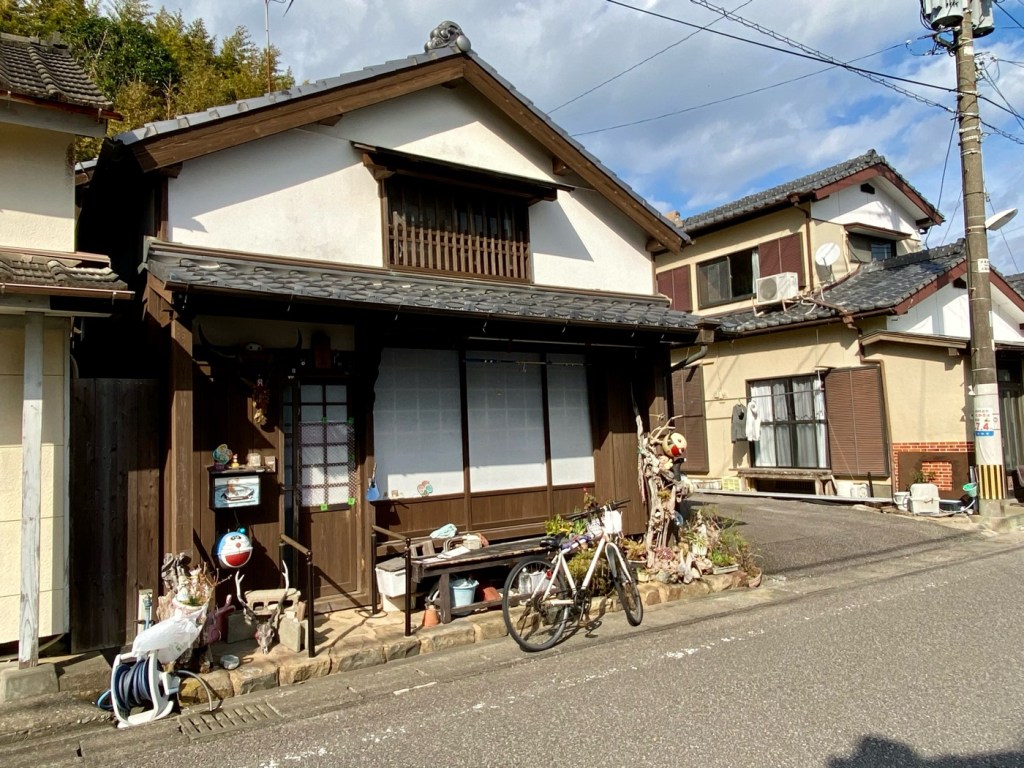
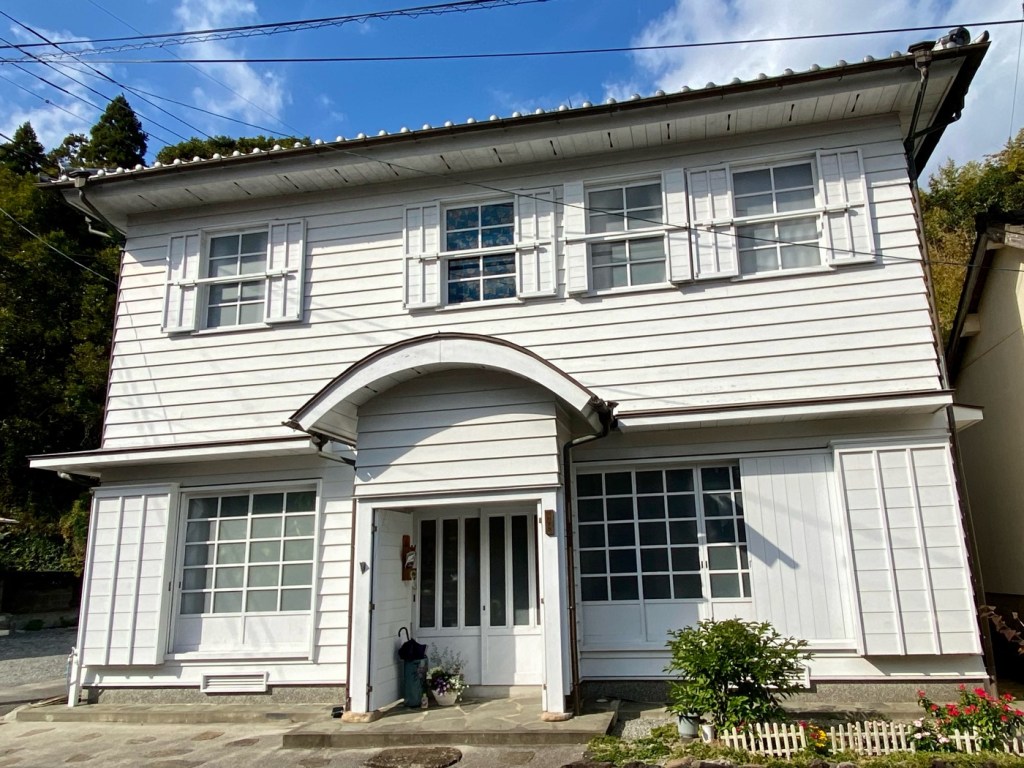
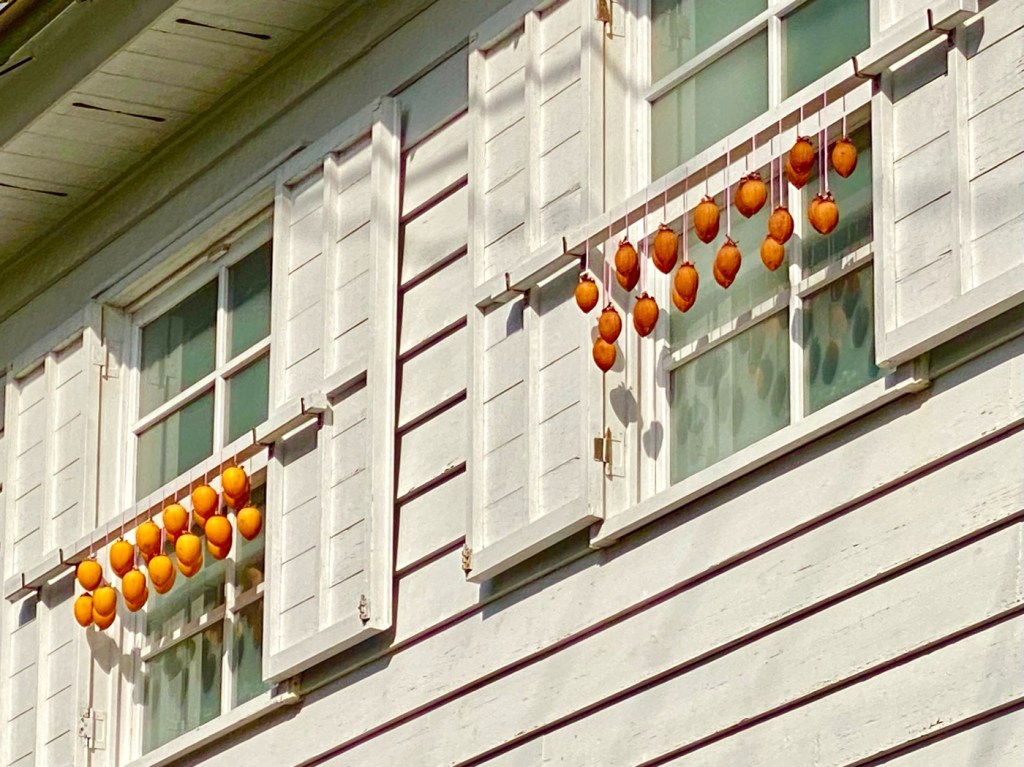
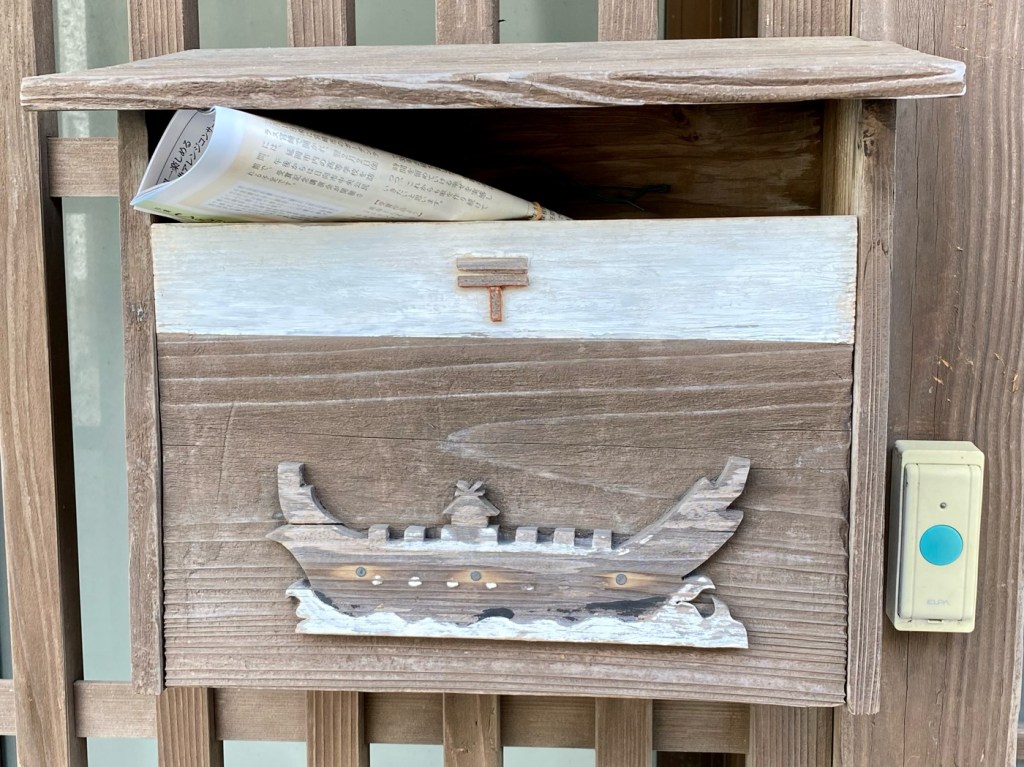
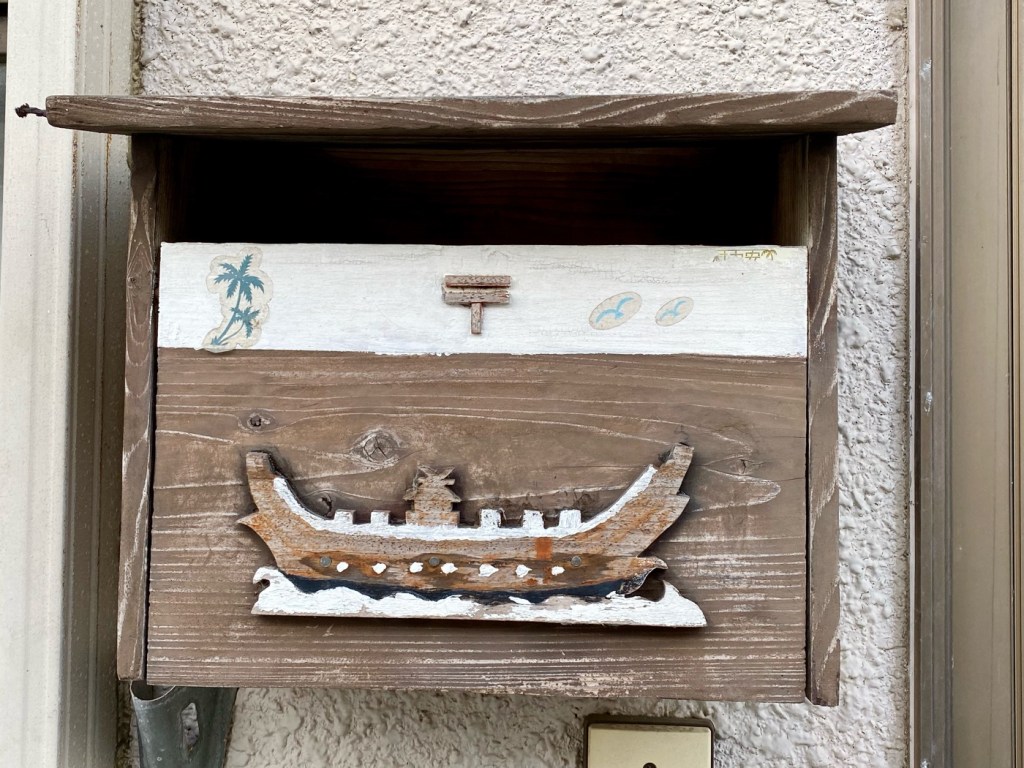
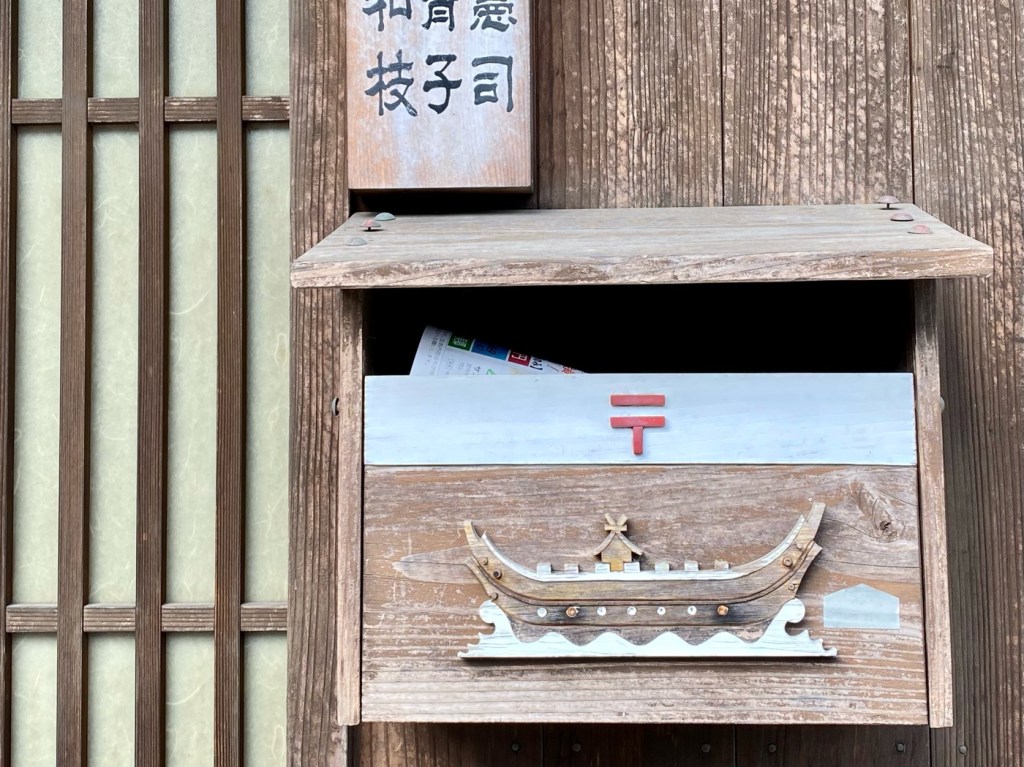
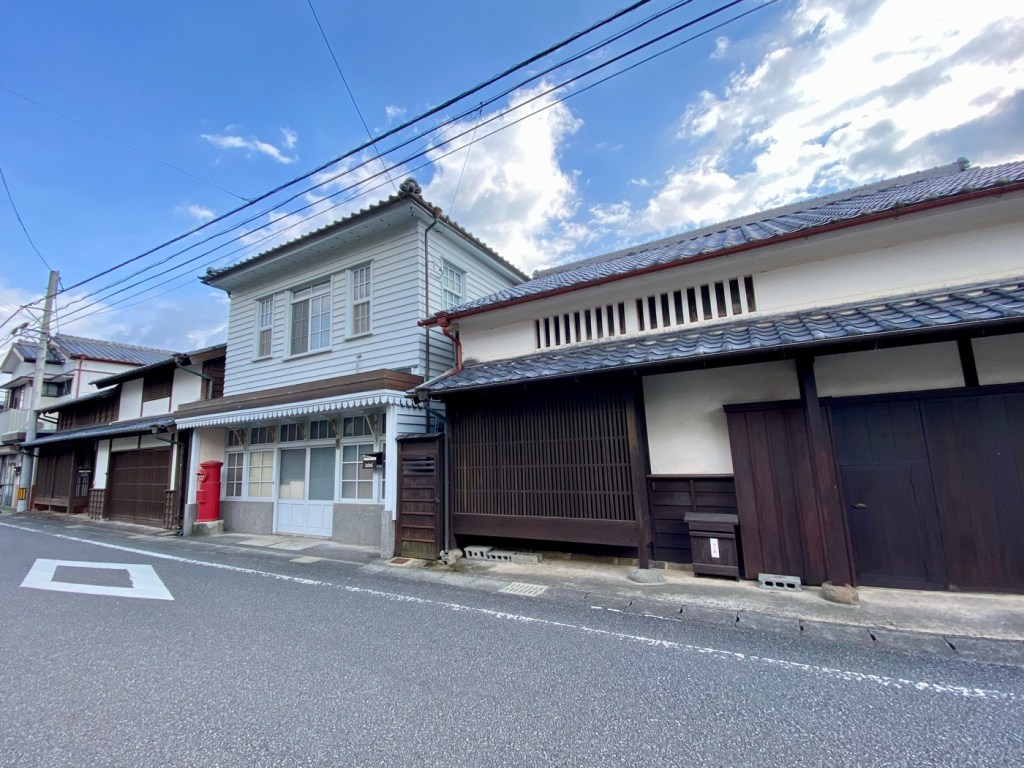
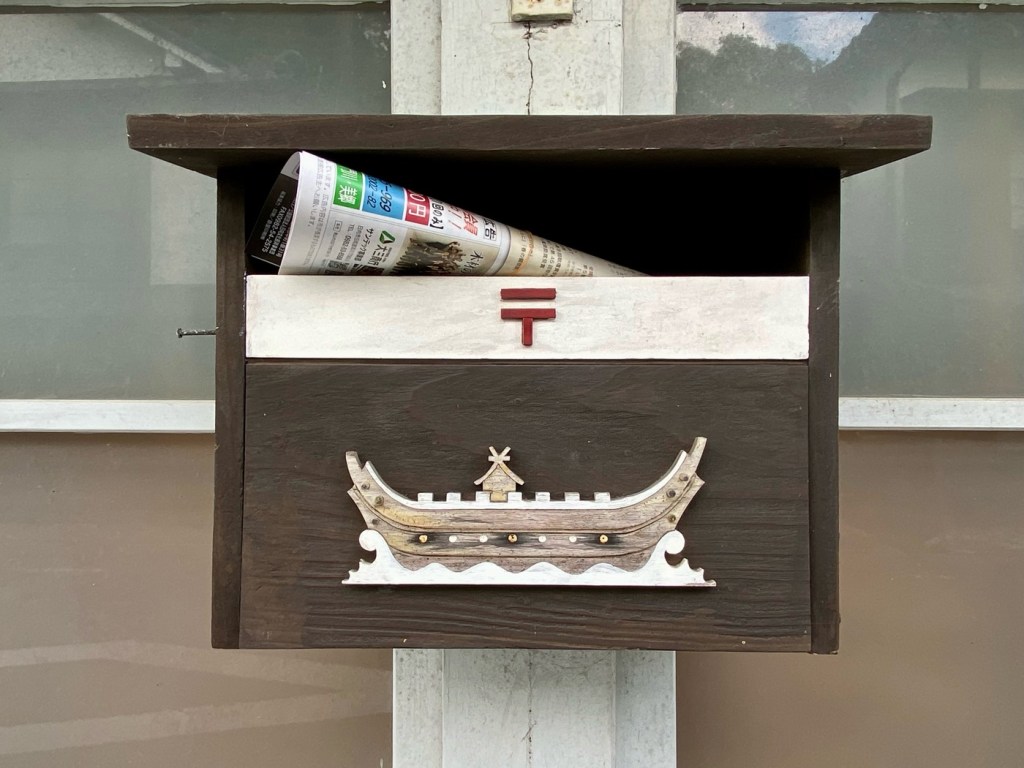
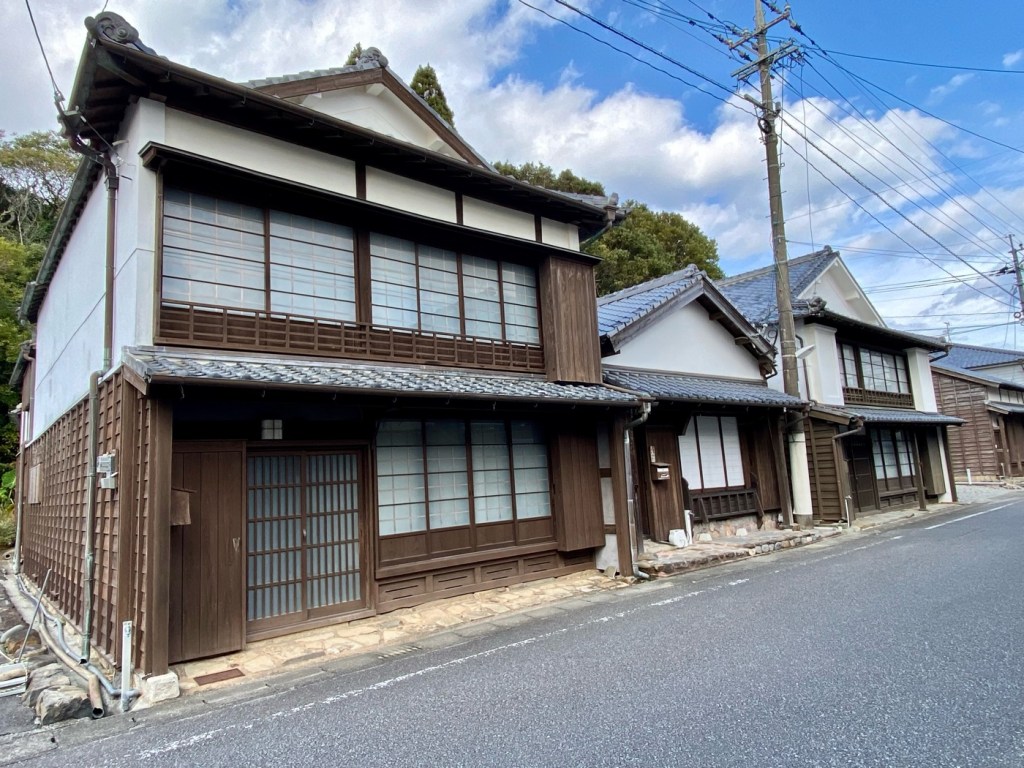
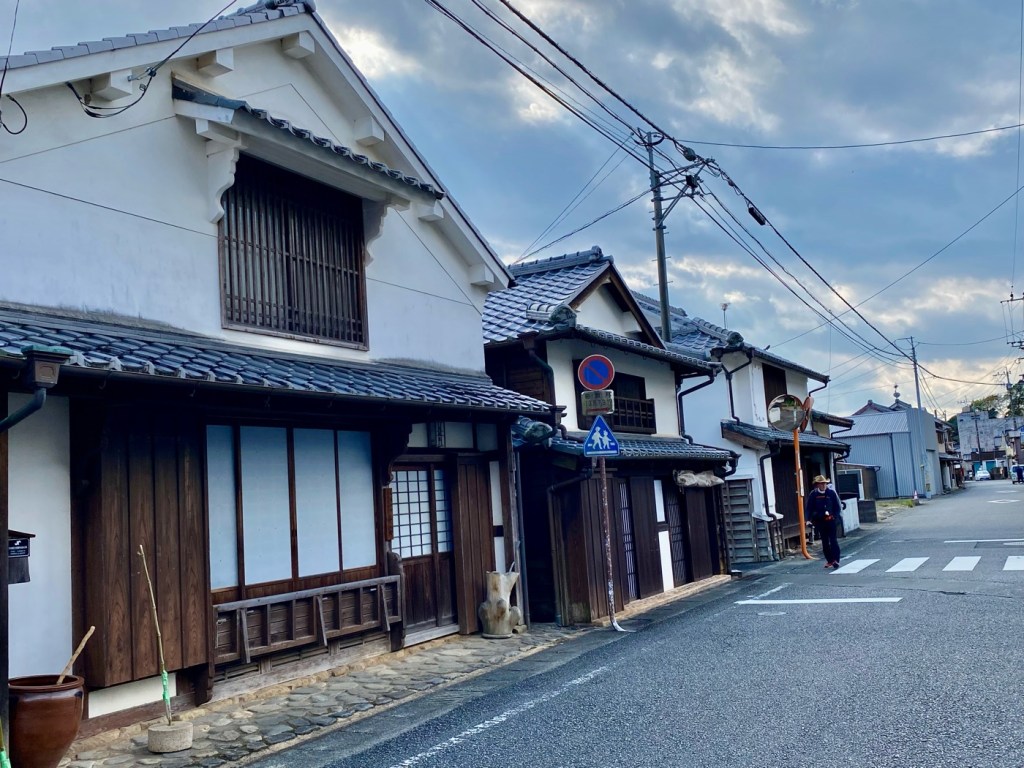
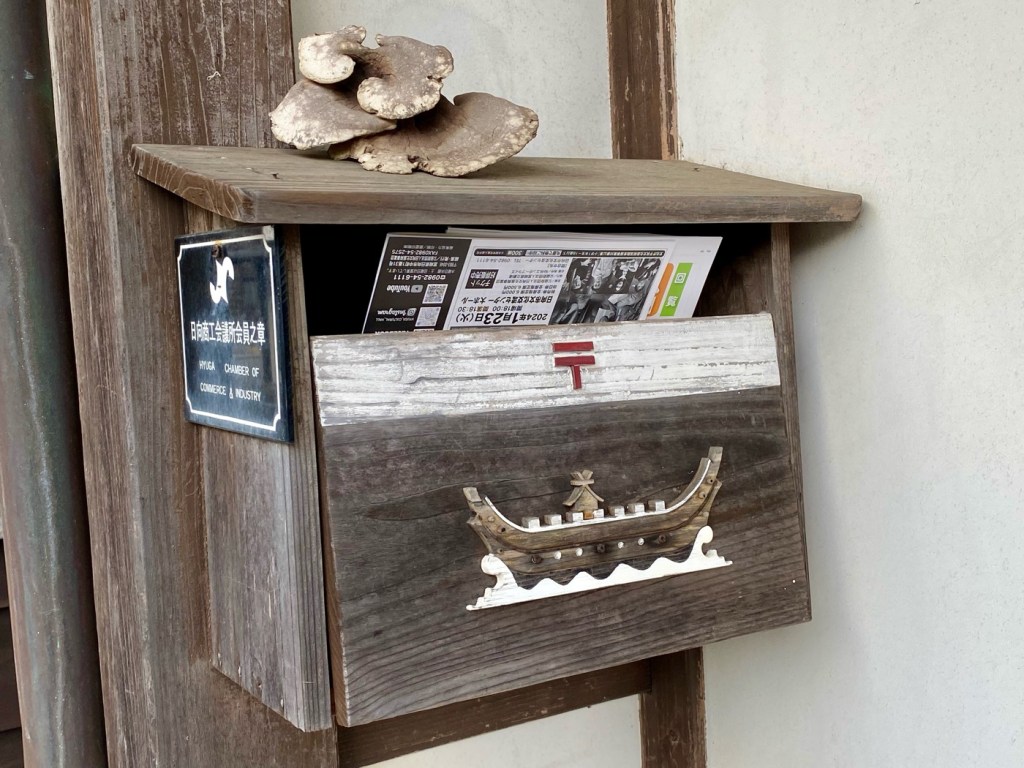
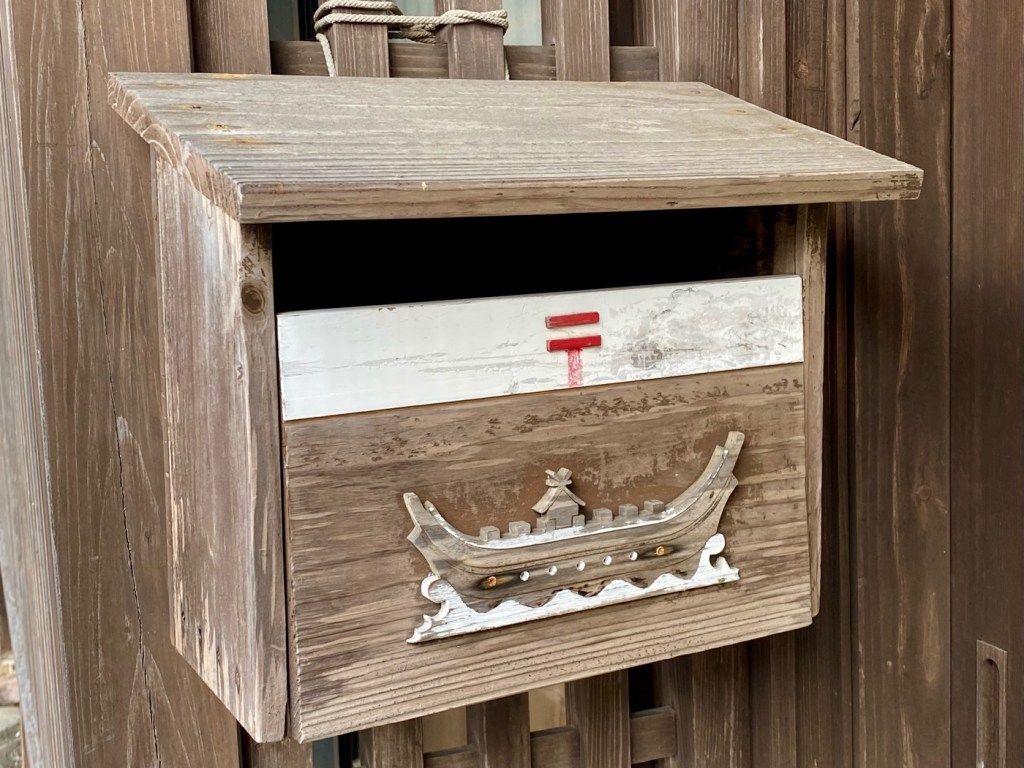
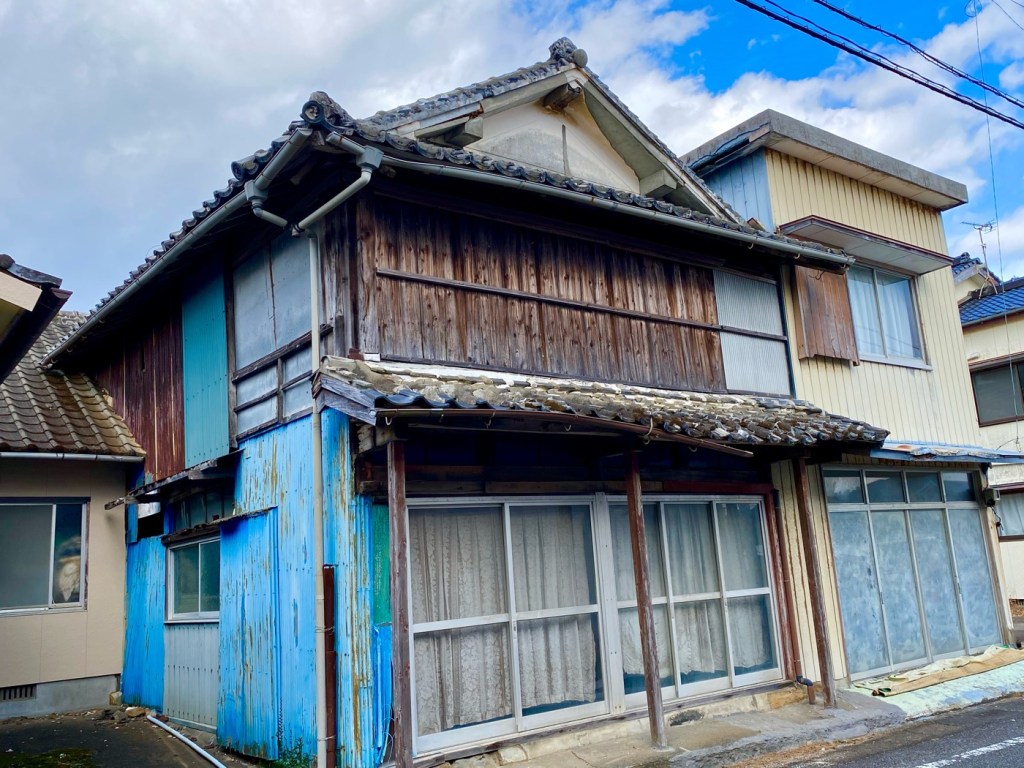
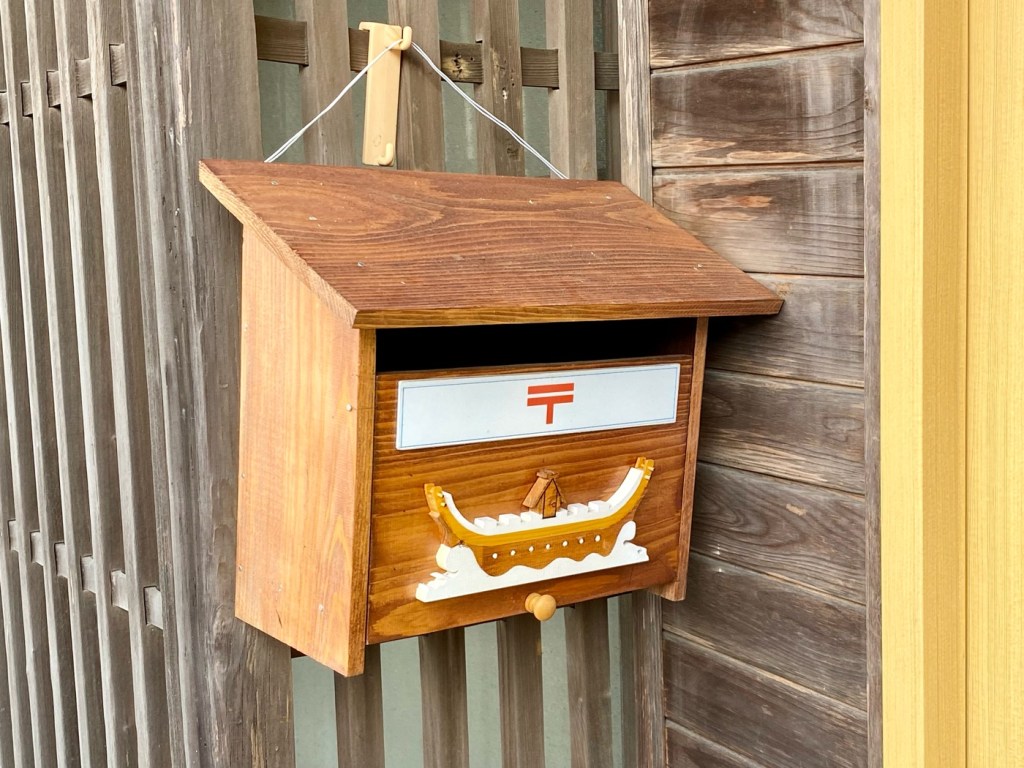
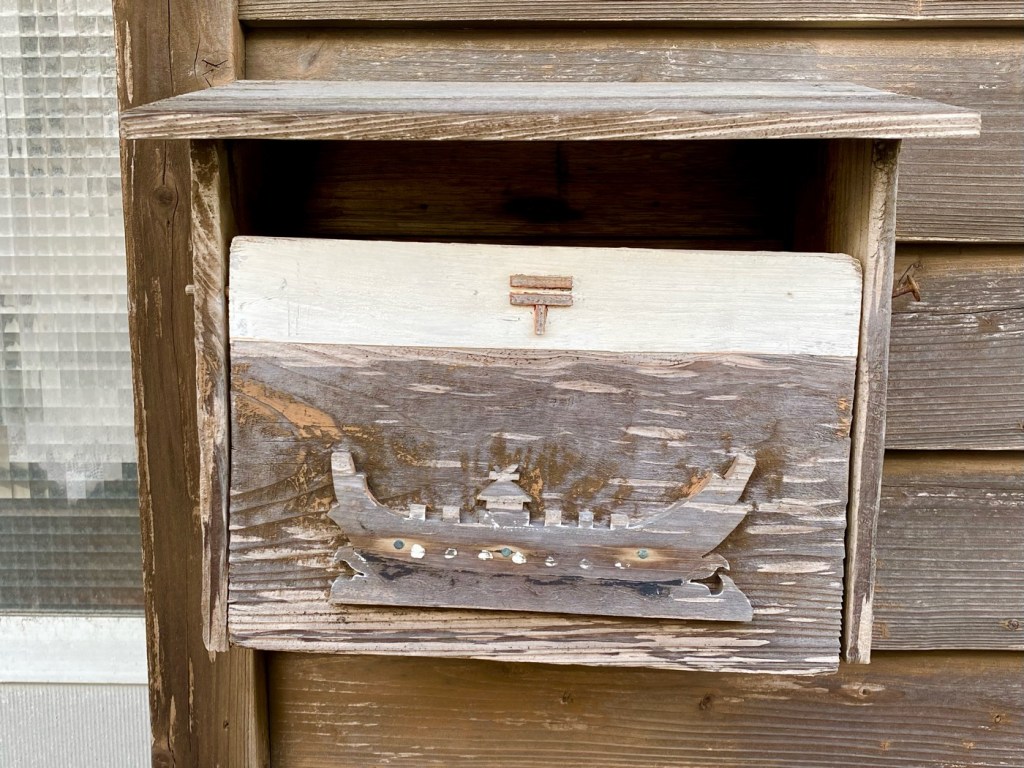
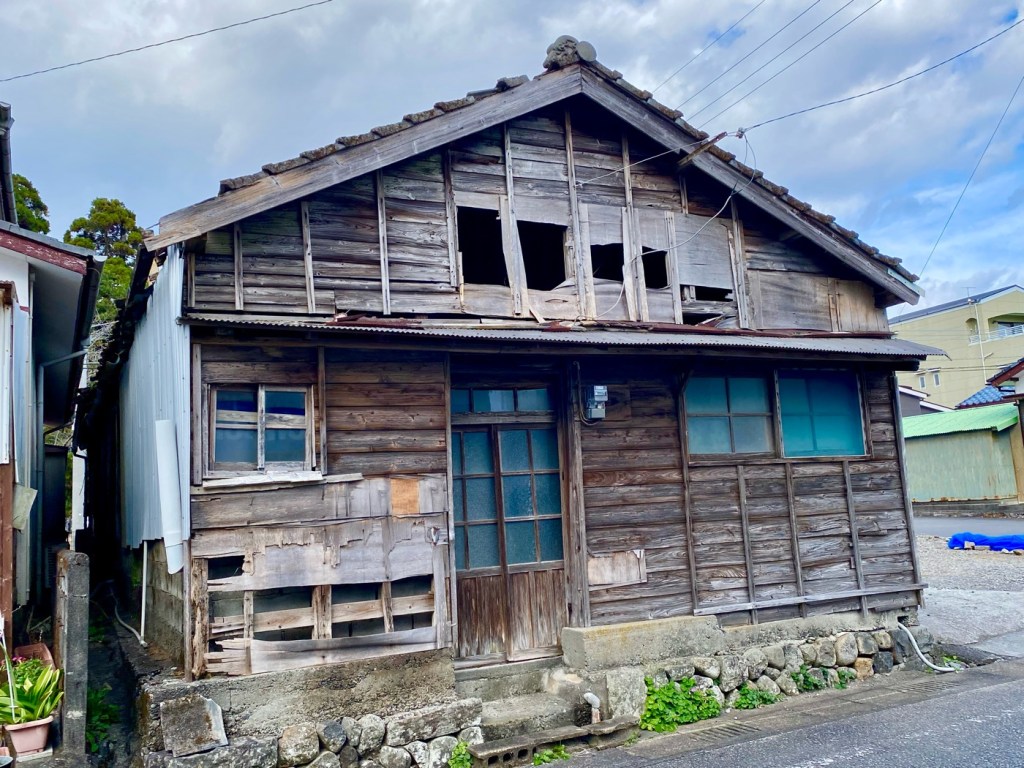
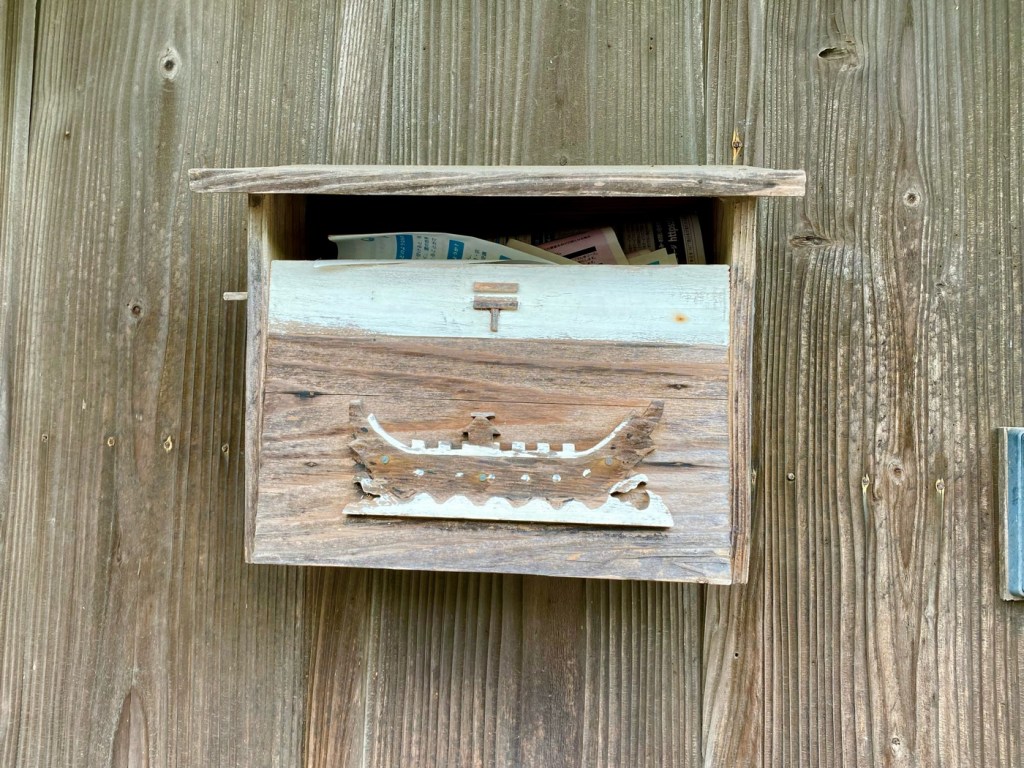
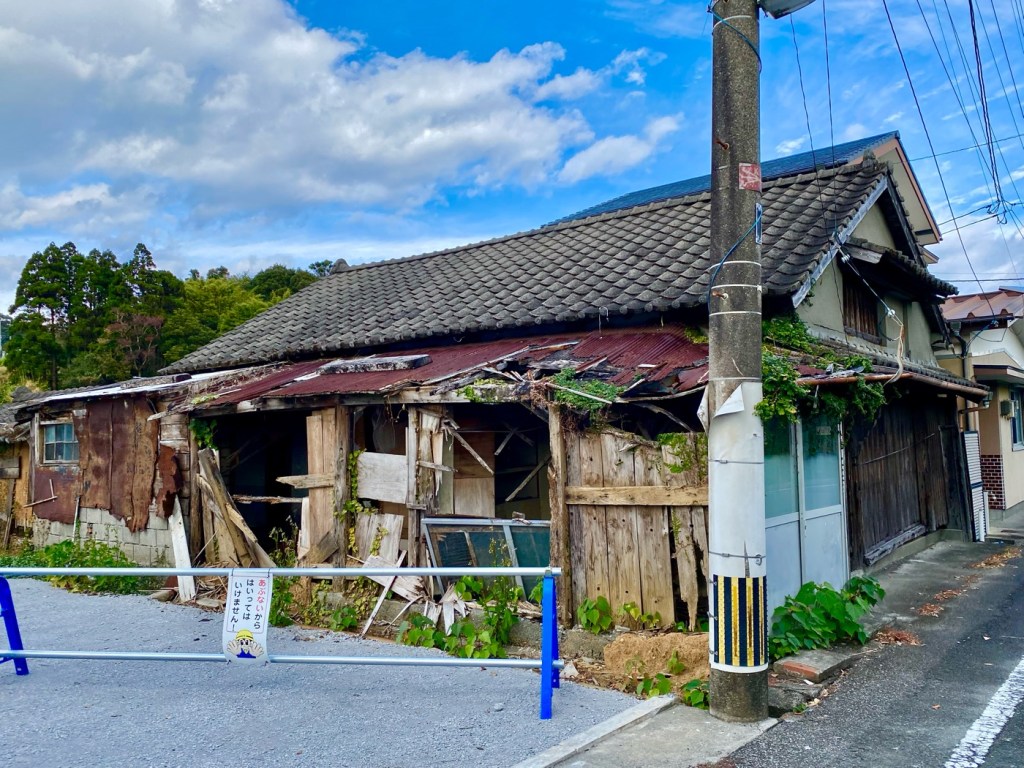

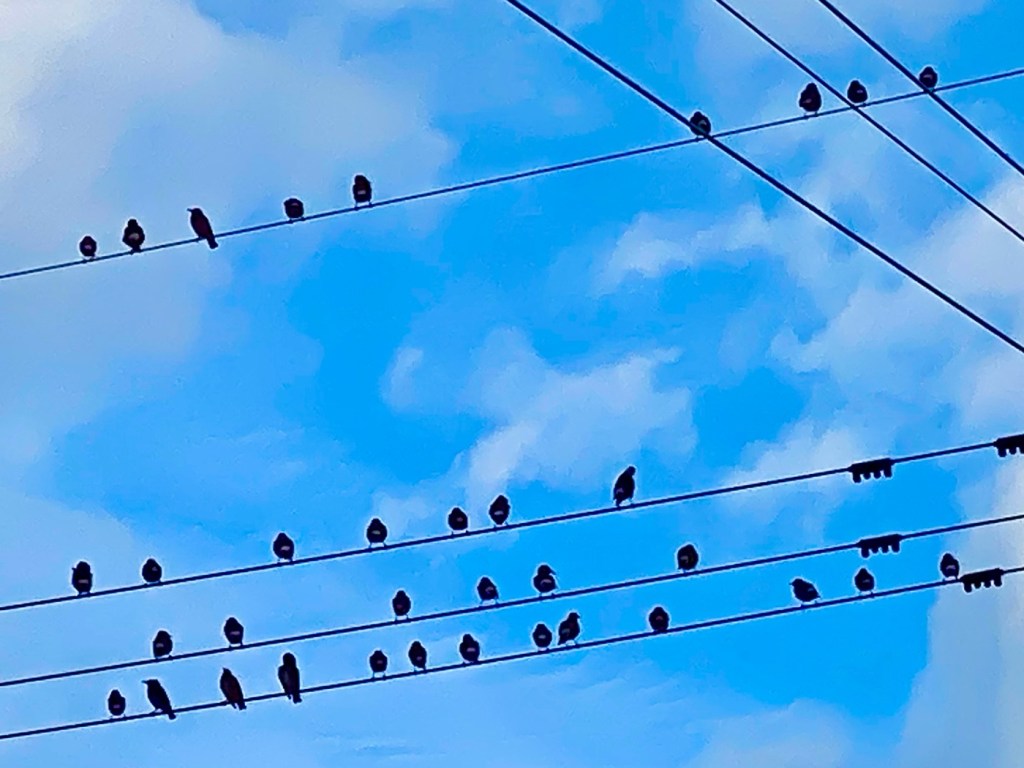
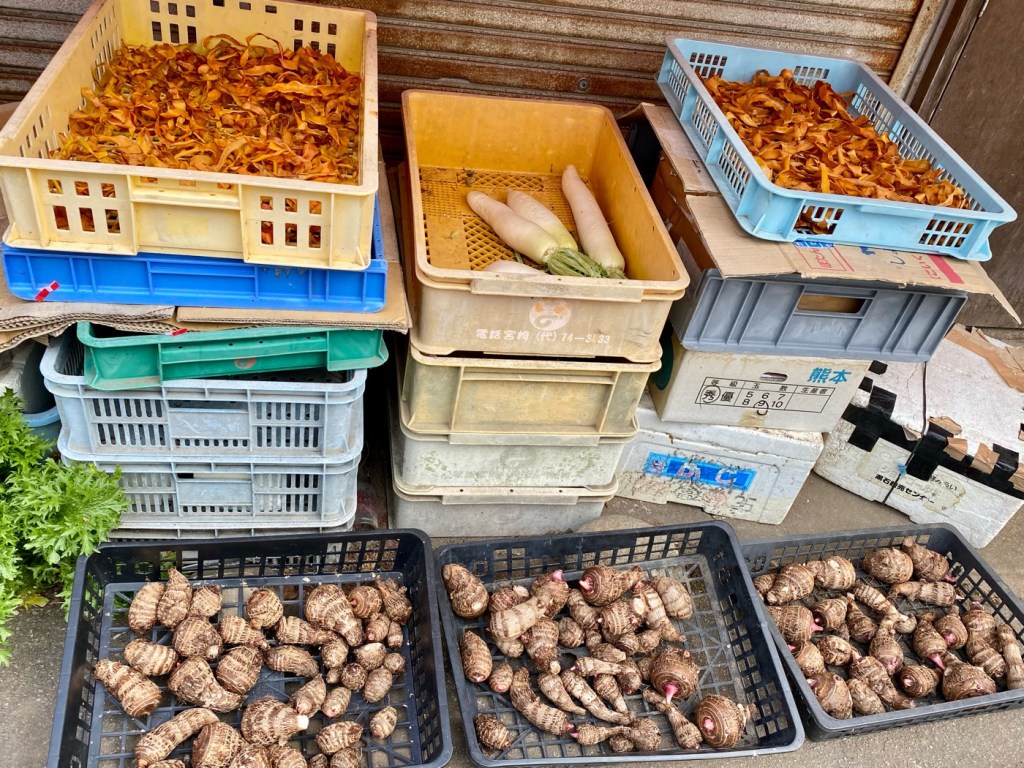
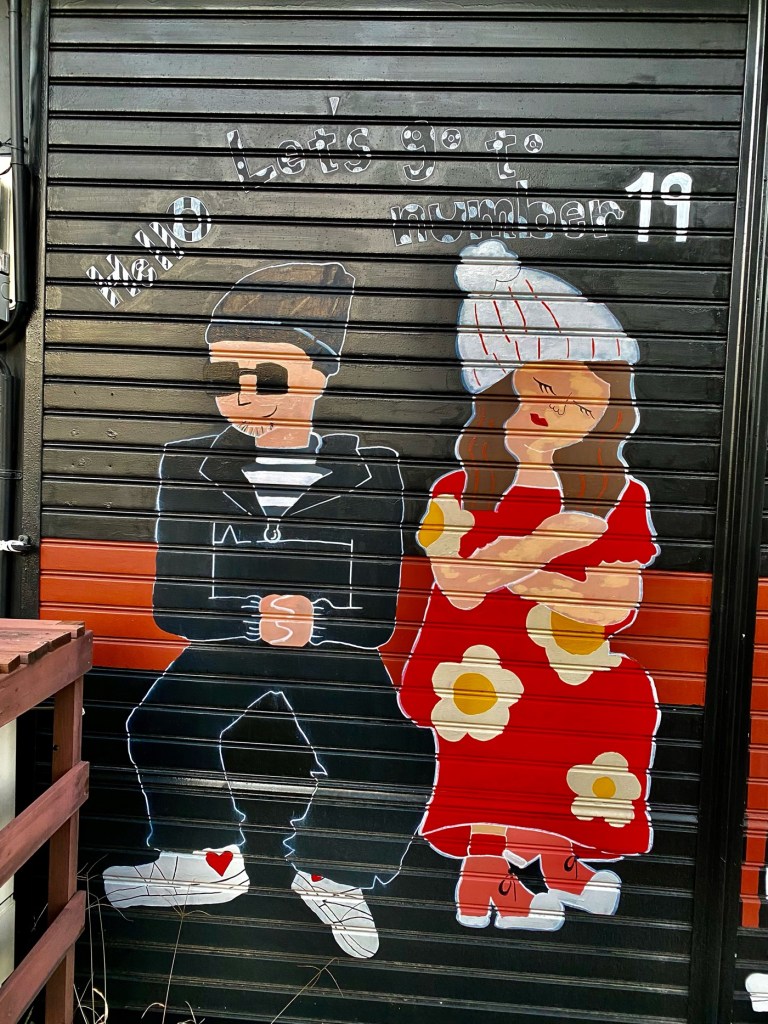
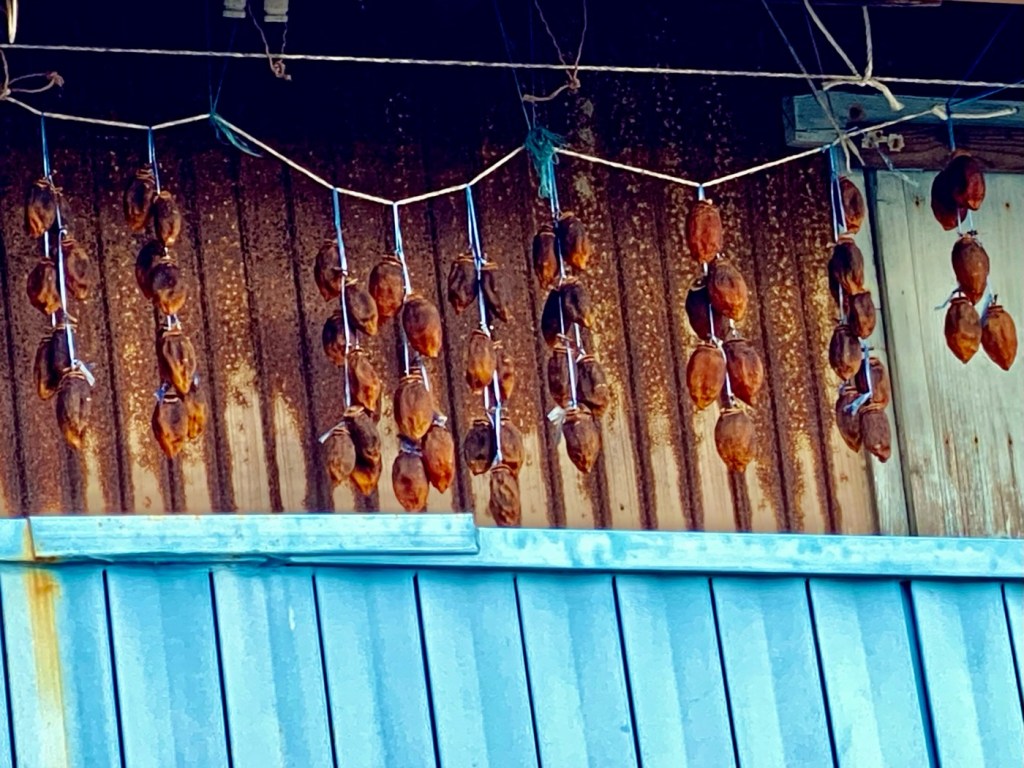
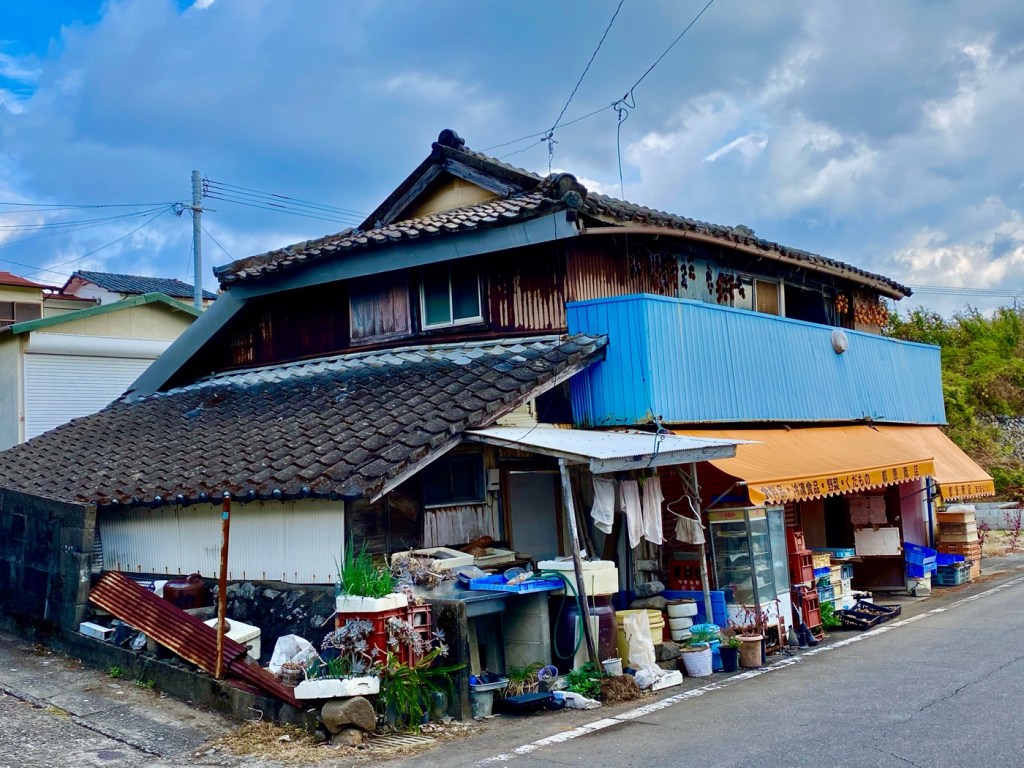

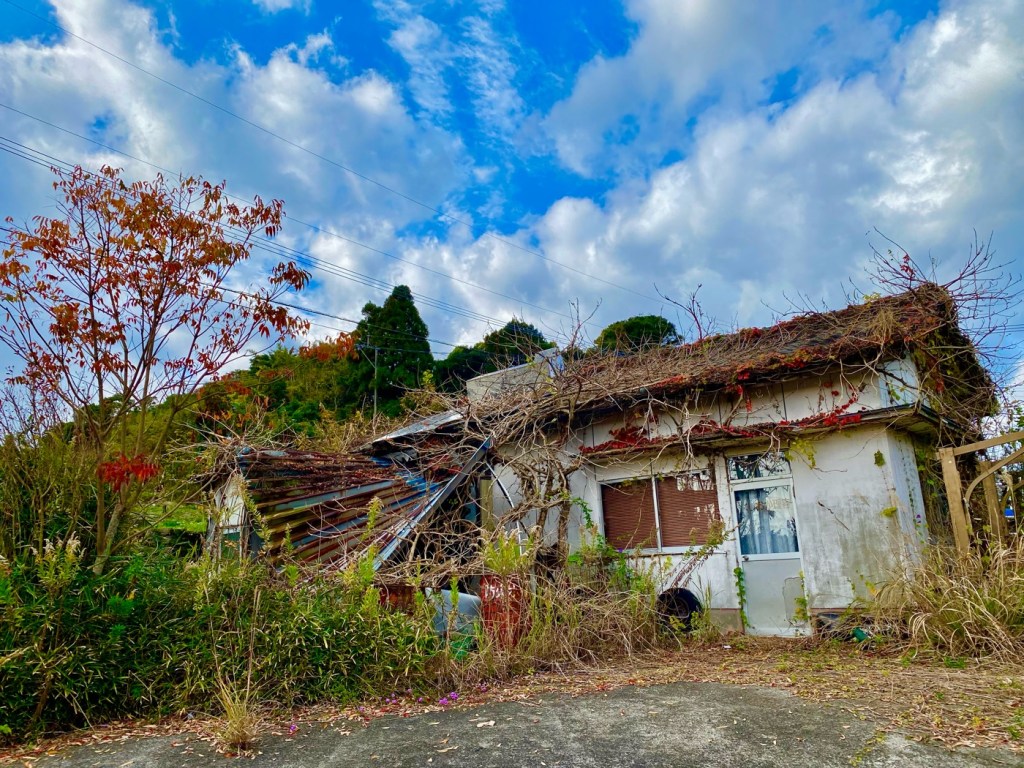
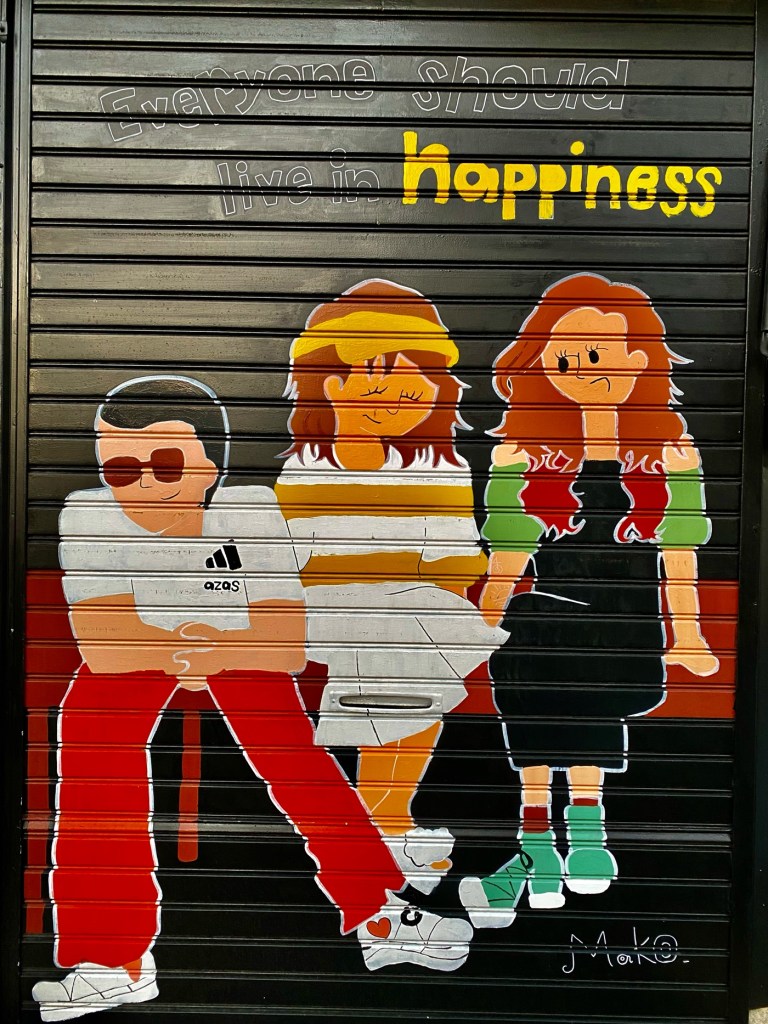
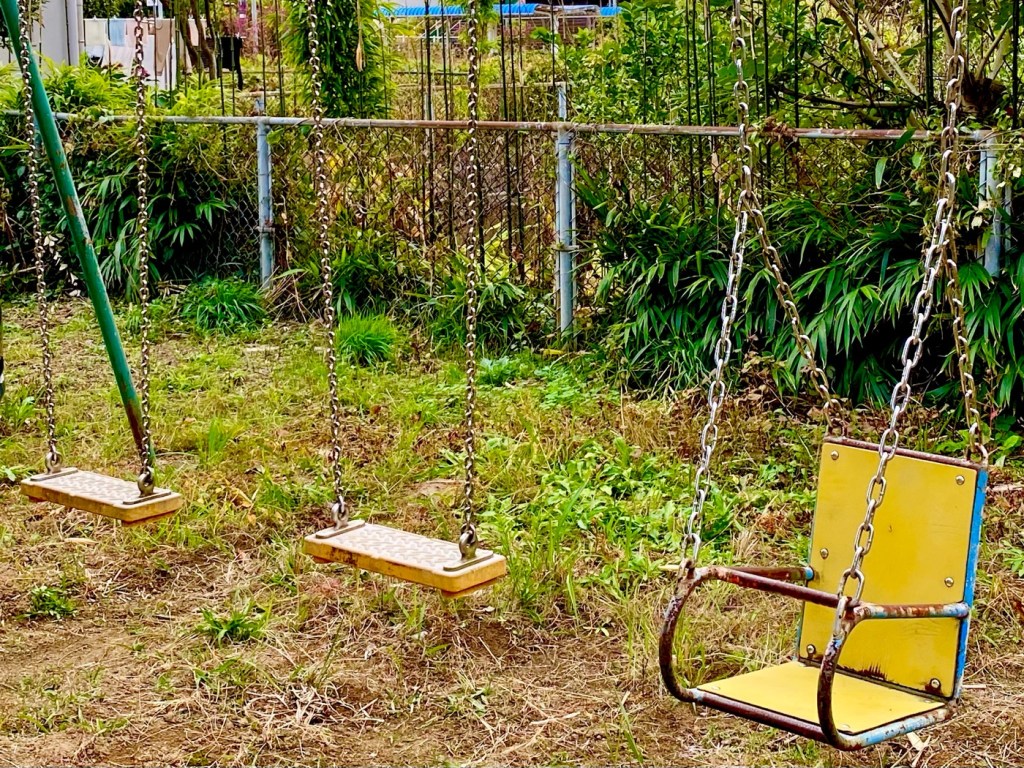
Day 67 - Walking Through The Historic Village of Mimitsu to Hyuga, The Kyushu 108 Temple Pilgrimage, Japan
We left the comforts of our hotel in Miyazaki city, after another great breakfast.
Not that good breakfasts were rare on our pilgrimage, they were just not exceptional, like they were in Miyazaki.
And after discovering last night the fabulous hot springs nearby, and having enjoyed both the fantastic Haniwa Peace Park and the pine tree-lined coastal walk, we left Miyazaki with good memories in our hearts.
We took a train to continue our walk to Nobeoka.
The weather was sunny but it was definitely getting cooler now.
Every day we started the day wearing almost every piece of clothing that we had, and later in the day after walking in the sun, we took off the outer layer of a fleece or coat.
We walked through the town of Mimitsucho.
The port town of Mimitsu has preserved its historical appearance during the Edo period (between 1603 and 1868), when shipping agencies lined the streets.
This port town was designated as an Important Preservation District, and many of the historic buildings have been beautifully restored.
The renovated old Japanese houses are now used as museums, shops and cafes, and are a great reminder of the town’s beauty and its more prosperous days.
There were only a few houses that were open, and we made sure to visit each one and buy something small, because we were the only people walking in the streets.
At one shop we bought fresh unshelled peanuts from the nearby fields, in another shop we be bought sweets and in another, a souvenir doll of a Hyottoko dancer, that is the center of the Hyuga Hyottoko Summer Festival, held every August.
This is one of the largest Hyottoko dance festivals in Japan, where more than 2,000 dancers perform.
The Hottoko dance is performed by dancers who are wearing the mask of "Hyottoko".
There are also dancers wearing other masks, like the masks of "Okame" and "Kitsune".
Most of the dances are performed by dancers making funny movements, curling their hands and feet, but they also make passionate and dynamic movements during the dances.
"Hyottoko" is a unique character that is often seen in Japanese folk dances and in songs and folklore.
"Hyottoko" is the centerpiece of this festival, and he is believed to help bring a good harvest and prosperity to the families of the dancers.
On the first day of the festival, an individual Hyottoko dance competition is the main event.
The dancers compete for the best performance.
On the second day, they hold the Hyottoko dance parade.
Dancers dressed in red and white costumes dance while moving their hands, feet and heads comically, to the rhythm of the drum and the flute.
Visitors can't actually participate in the dances, but they can learn how to dance in workshops that the festival offers, and they can buy, like we did, an auspicious souvenir as a memory of this wonderful summer festival.
In Mimitsu, the local lore is that Emperor Jinmu's ship sailed from Mimitsu port on his journey across the eastern sea to Osaka.
At first, the emperor was planning to leave the port at midday.
But seeing that the wind had shifted, he decided to depart early in the morning instead.
He went down the main street of town, calling, 'Okiyo, Okiyo' (Get up! Get up!).
Since then, Mimitsu celebrates the Okiyo Festival on the day the emperor left, 2600 years ago, according to the old calendar.
The emperor in his early morning rush across town, tore the edges of his Kimono.
He had no time to repair the loose ends of his kimono, so he had it stitched, while he was standing up.
This is why Mimitsu is called 'Tachinui no Sato' (“the place where the emperor had his kimono stitched standing up.”)
The inhabitants hurriedly prepared fresh red-bean and rice cakes for the Emperor to take on his journey.
The red-bean and rice cake were called 'Tsukiiremochi' which has been Mimitsu's speciality up to this day.
The Tateiwa-jinja Shrine by the water’s edge has the Jinmu-tenno Onkoshikakeiwa, the rock on which Emperor Jinmu sat when he gave orders for the departure of his ship.
The shrine today enshrines the emperor and the Sumiyoshi Sanjin, the three deities that are guardians of sailors and the sea.
Commemorating the 2600th anniversary of the death of Emperor Jinmu and the anniversary of Japan, a ship built
for the occasion followed the course of the eastern expedition of Emperor Jinmu, sailing from Mimitsu to Nakanoshima, in Osaka City, to offer a sacred shield to the Kashihara-jingu Shrine in Nara.
The Mausoleum of Emperor Jinmu is located on the shrine's premises.
The Mimitsu traditional building district consists of a few main streets, Kamimachi, Nakamachi, and Shitamachi streets.
Besides the Edo period houses, there are also many Meiji-era townhouses built in the 1800’s , with their unique architectural style.
The townhouses built in the Edo period, are located on higher ground and they survived the many storms that ravaged the city through the years.
The townhouses in the southern part of the city have been washed away by frequent tsunamis. The current townscape was rebuilt during the Meiji period.
We entered one of the houses, by the eager invitation of the owner.
She was a lovely lady who welcomed us into her house to see the beautiful house and the restoration work that had been done.
She showed us her airy and flowing home, which allows light to enter from every direction as you slide the Shoji doors, and is open to a beautiful courtyard with a small Japanese garden, where every stone and every plant is carefully arranged.
I pointed to a tree in the garden that had the shape of a river.
The tree trunk was curving like a snake or a river, which looked amazing.
She acknowledged my compliment, and pointing to a part of the tree, she showed us where the tree used to have a branch growing, which she used to hang and swing from when she was a young child.
She still lives in the back of the house, in the same room that she grew up in all her life.
Her father was a Washi rice paper maker.
We left Mimitsu and continued walking north.
The car road was running along the coast, and we had sidewalks, but it was very noisy, so we took the narrow mountain road above the coast.
It was hilly and we climbed up and down, but at least it was quiet.
We walked by a collection of dilapidated love hotels.
Love hotels used to be quite popular in Japan.
A love hotel is a type of short-stay hotel found all around the world, operated primarily for the purpose of allowing guests privacy for sex.
Although versions of love hotels exist all over the world, the term "love hotel" is specific to those hotels located within Japan.
The sad and dilapidated love hotels still have signs advertising $20 stays, complete with garish decor and an attached garage.
Most of the love hotels along the road were closed, just a dinosaur remnant of another era.
Only one hotel had neon signs advertising its prices and offering free drinks as part of the deal.
As we walked through, I recalled that in other places along our pilgrimage, I noticed that many love hotels were closed down or completely empty.
Some have tried to rebrand themselves as low budget accommodations.
So why were all the love hotels closed…
Is there less or no money in sexual services?
Or is it more likely a change in demographics?
Love hotels don’t provide sex workers.
The clients either bring their own working girls, or are having extra marital affairs.
Nowadays in Japan, the dominant male egos have changed.
The males who were channeling their energy and powers through their sexual organs, are passing away.
The old archetype is dying, many of them decrepit, helpless and hapless.
The new male archetypes are not necessarily more progressive, many of them seem inept and uninterested in sustaining relationships with another person and in all that it entails.
Of course I am describing in generalities, and there are always individuals who make their own realities.
Or maybe the changes are because less women are willing to sell themselves for so little money in love hotels…
Our last stop for the day was at a place by the sea called ‘Stairs of the sea’.
It is located in an area that has some surf, with a few accommodations made from converted shipping containers.
There is a surf clothing shop, a shop selling local and cool snacks and sweets, a few restaurants selling burgers, pizza and pasta, a fish and chips shop, a gift shop and a cafe.
We brought our own food, so we just bought drinks and sat on the comfy sofas for a long while.
At the end of the day, we took a train to Nobeoka city where we will stay for three nights.
Our ryokan guesthouse is old and not very clean or well kept, but it is run by a very sincere couple and it is located in a very convenient central location.
It is a much better choice than a business hotel, which was all we could find in Nobeoka.
They gave us a Japanese style room with very good heating, and they also served us dinners and breakfasts for a very good price.
With love and blessings,
Tali
Stats: 13,878 steps
Today’s walk: 10 km
Kilometers walked to date: 1144 km
Temples visited: none